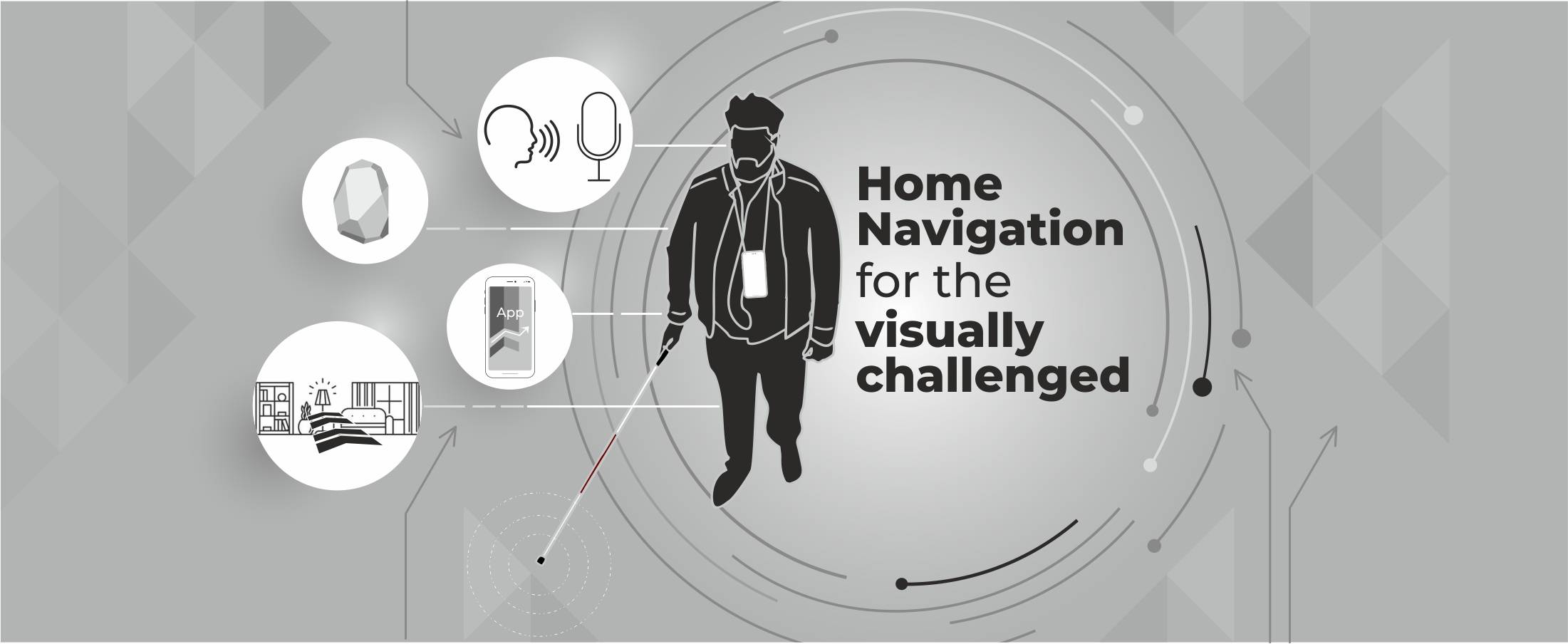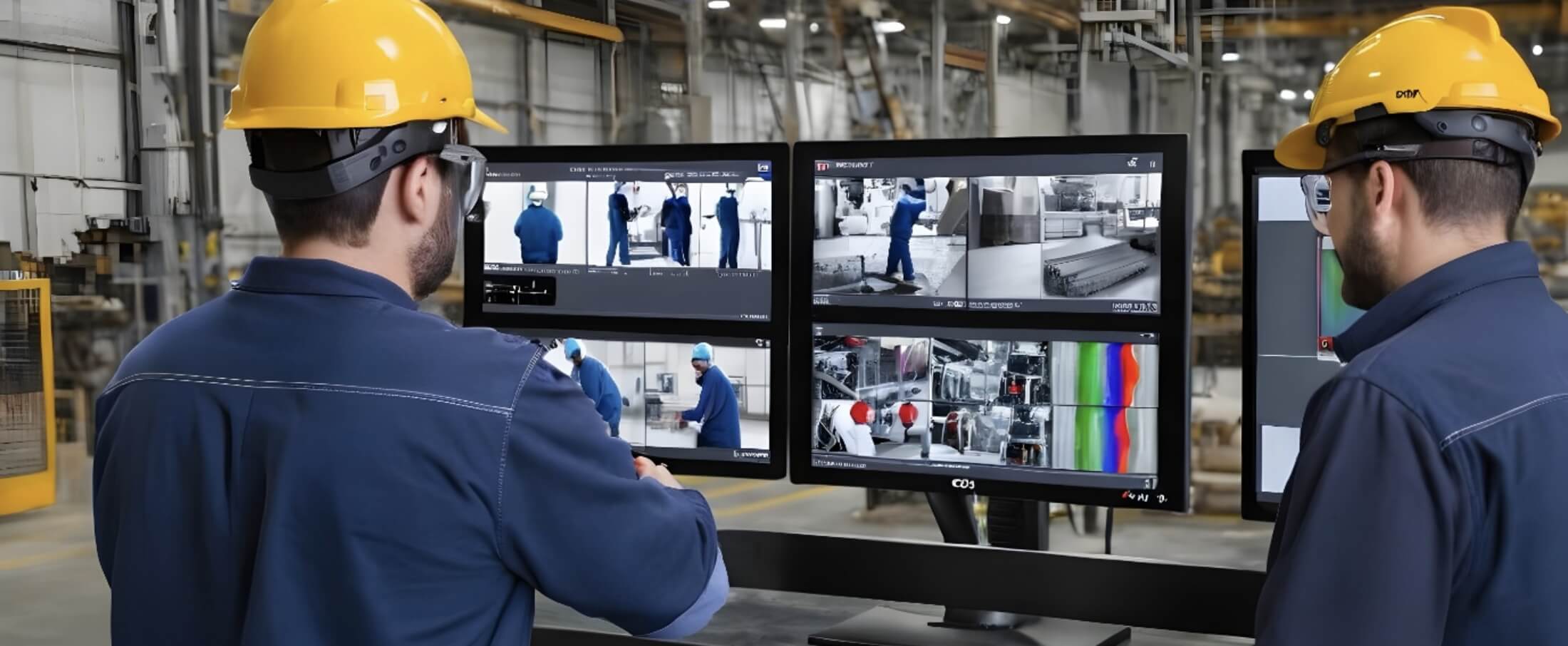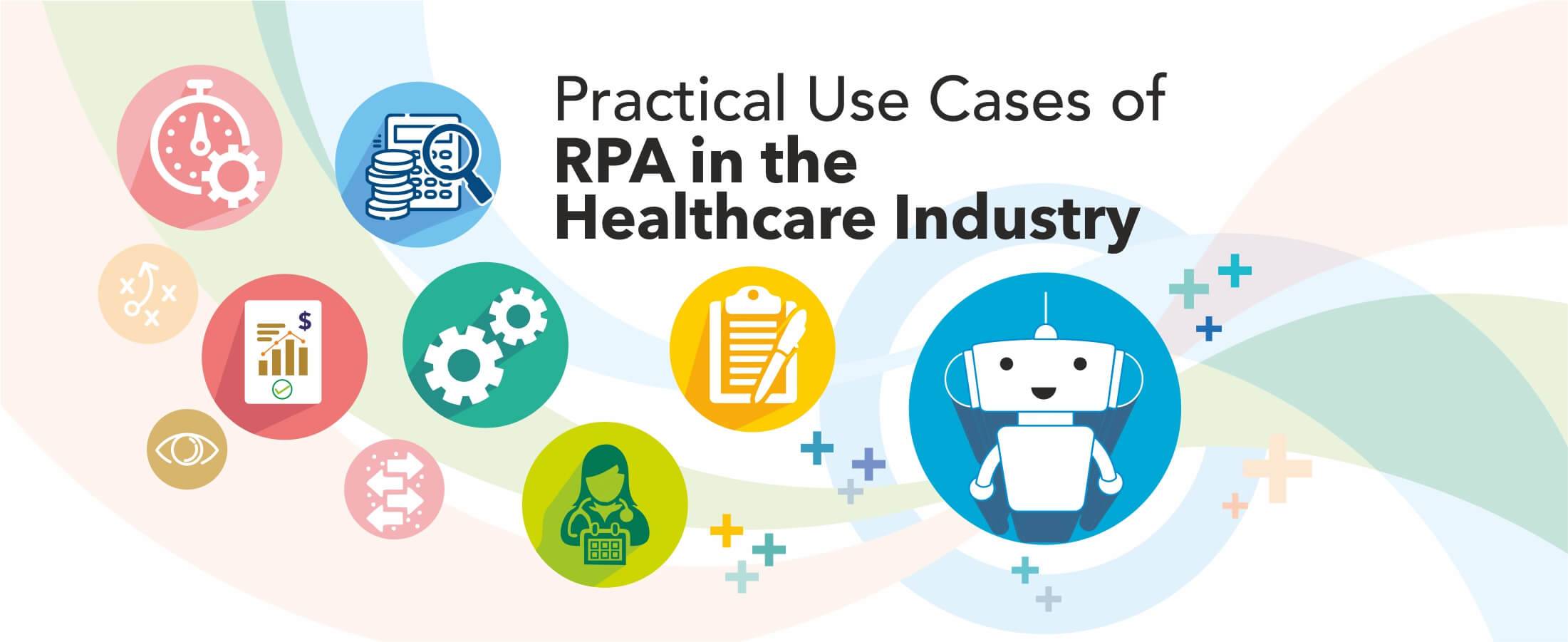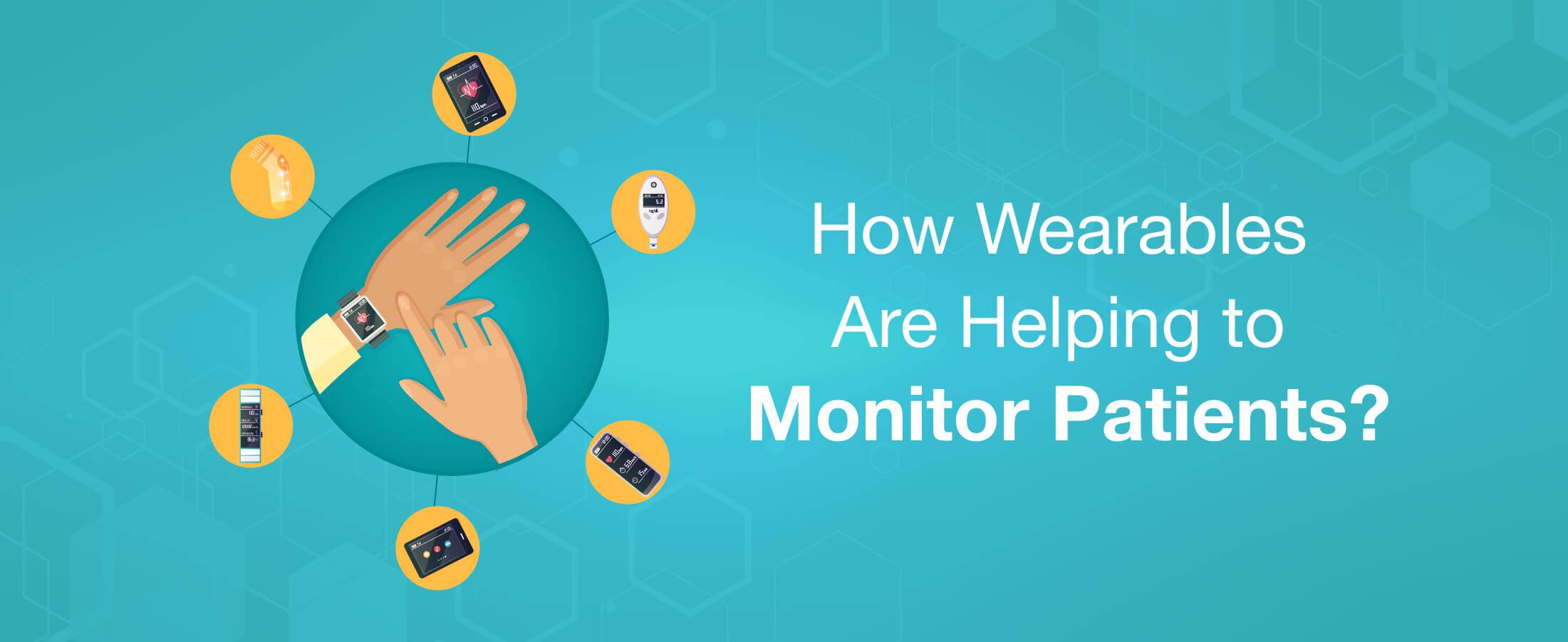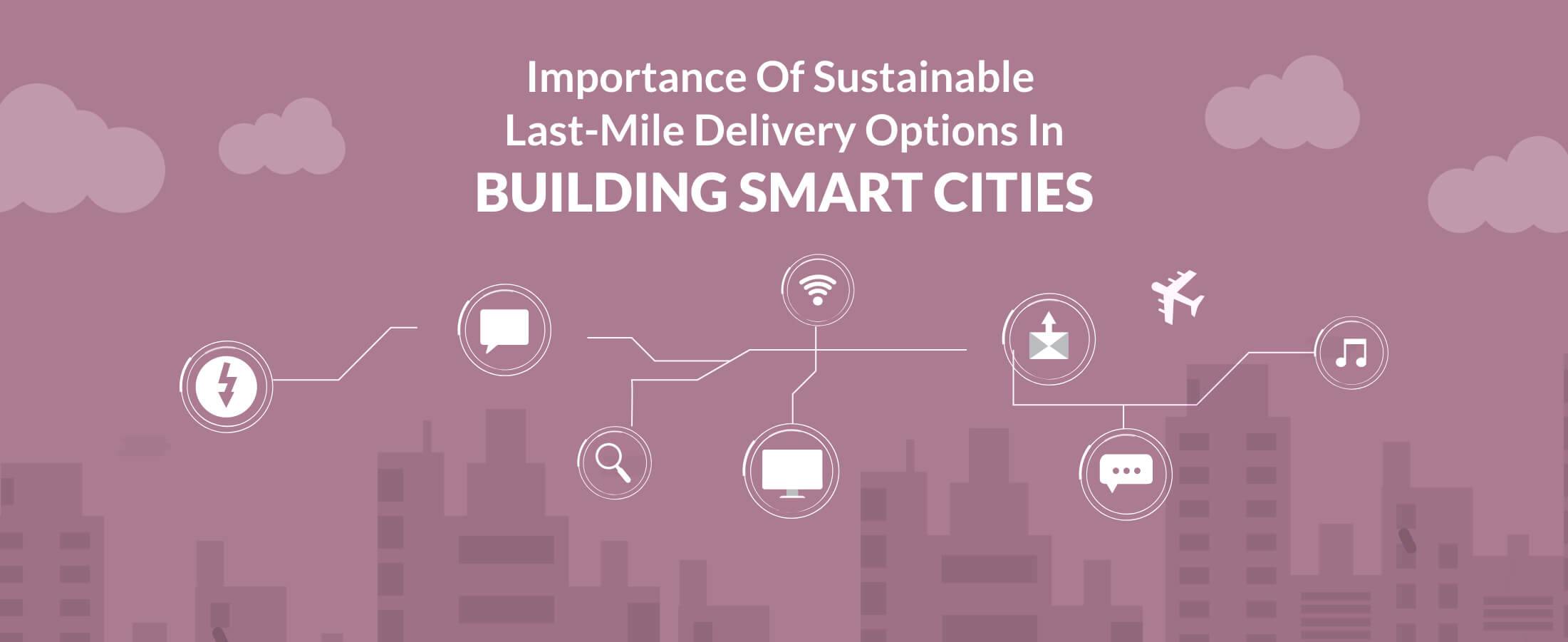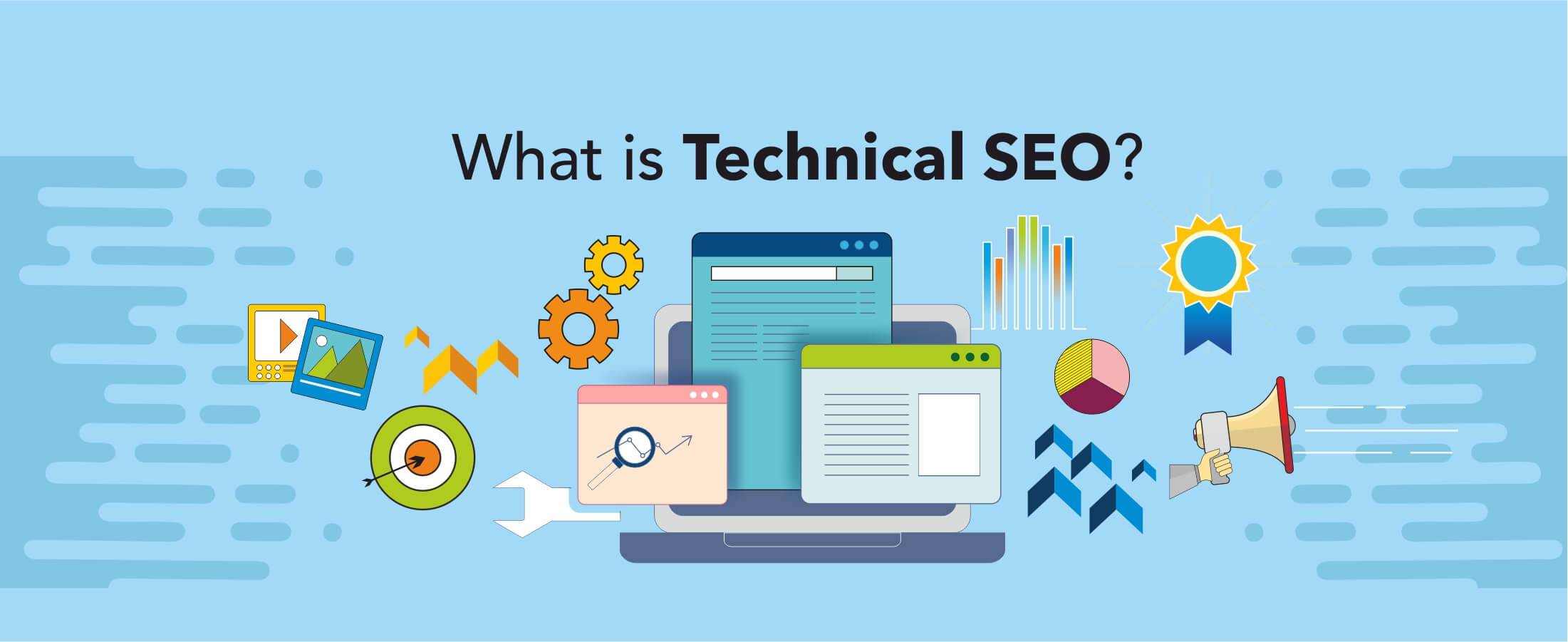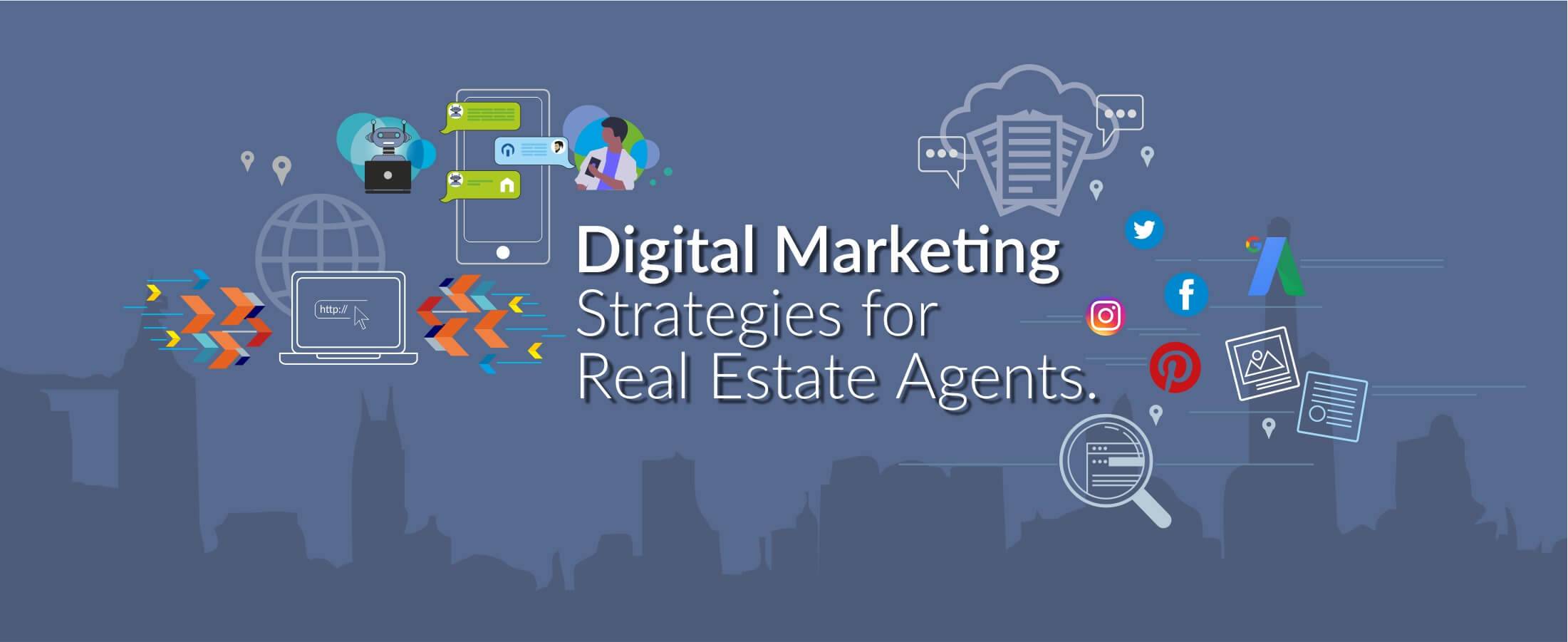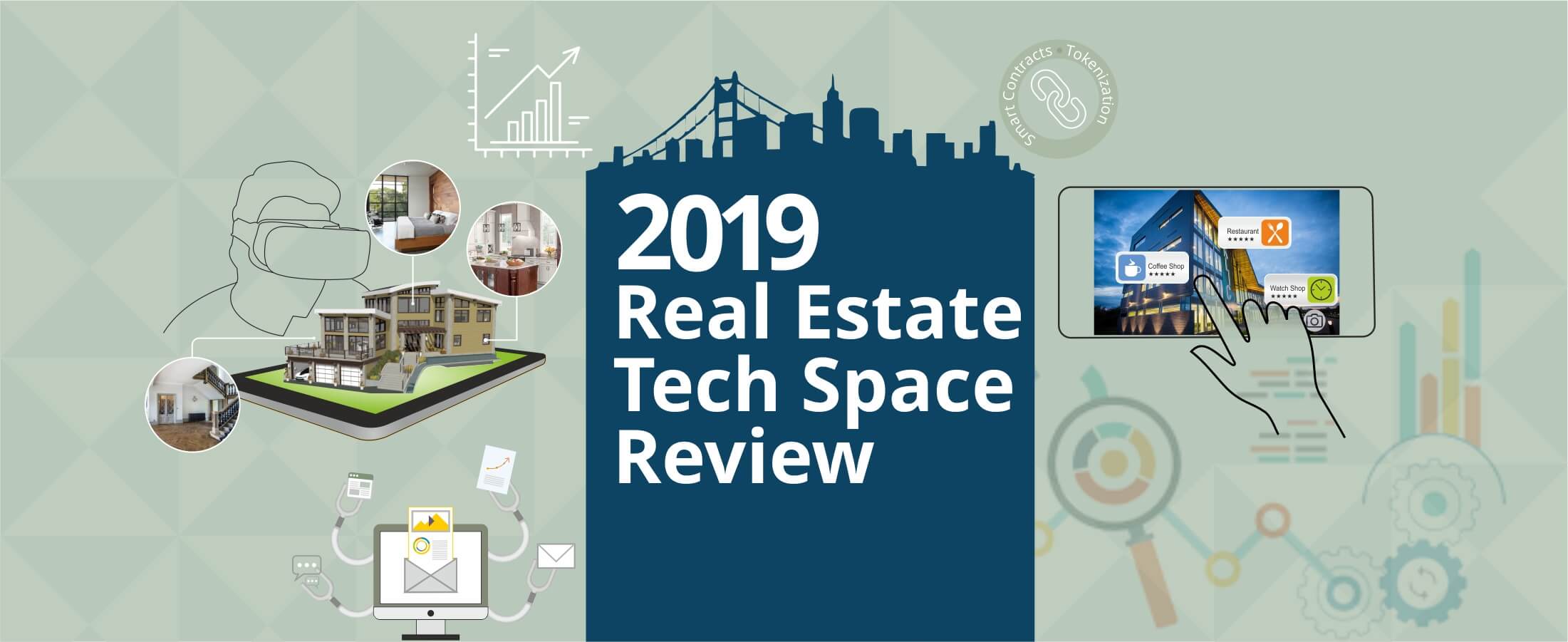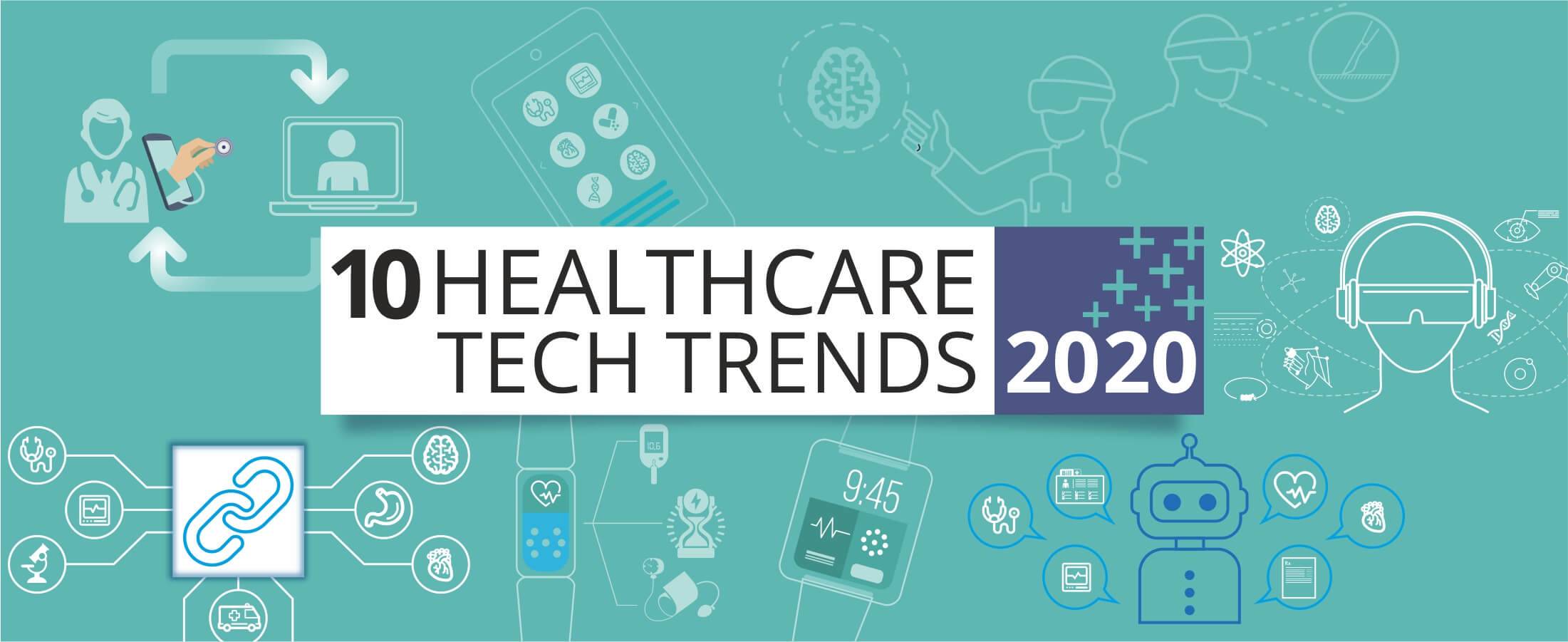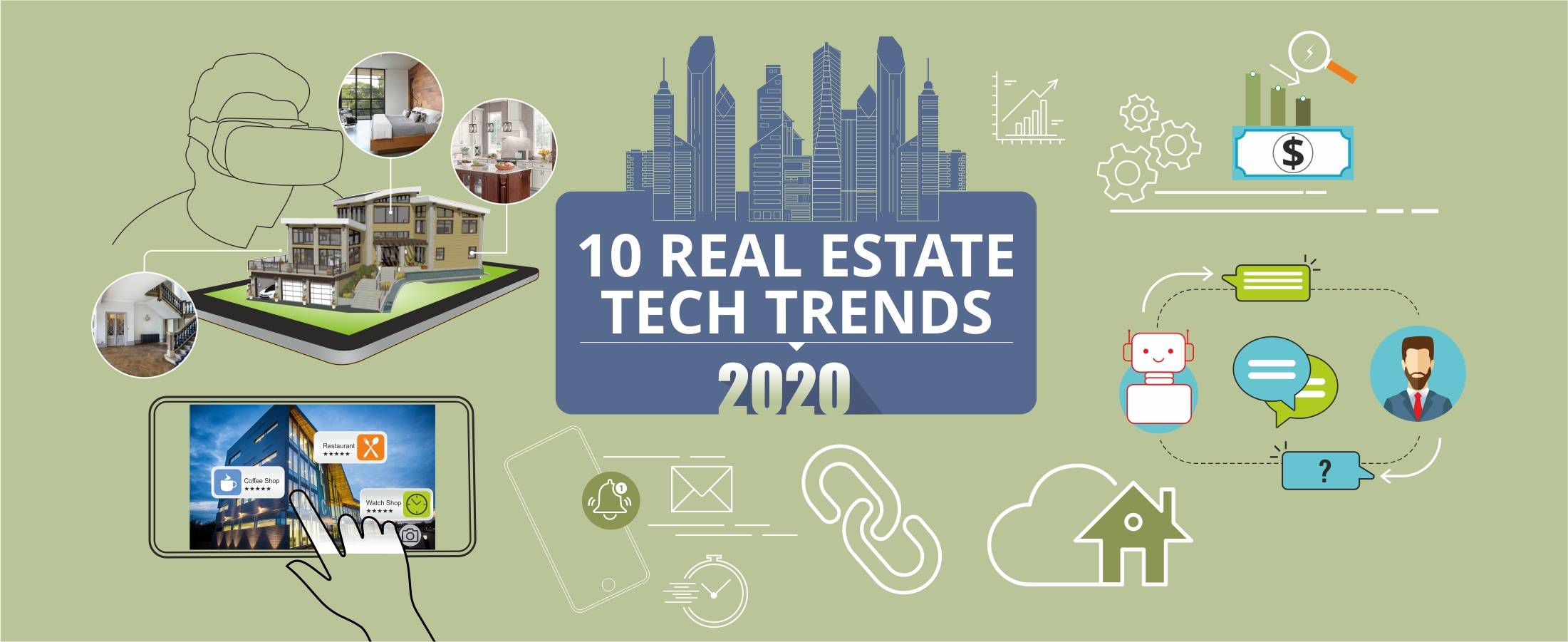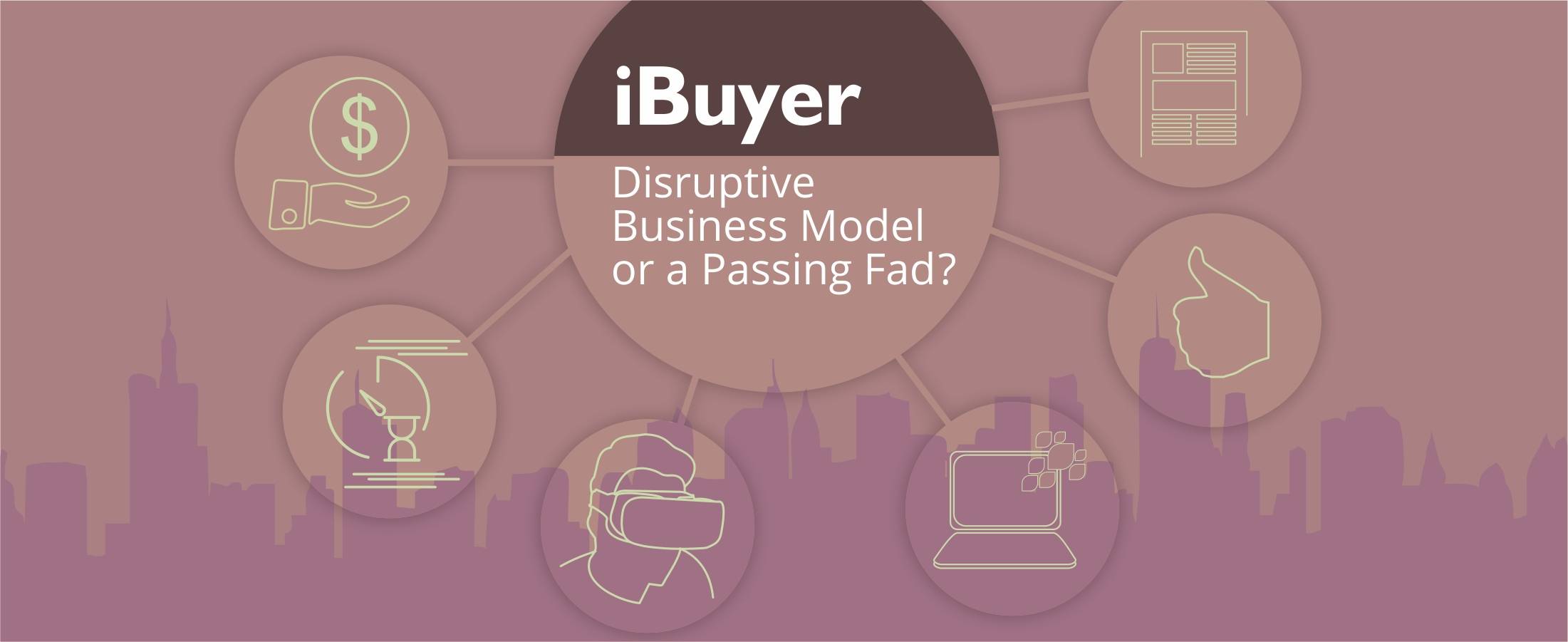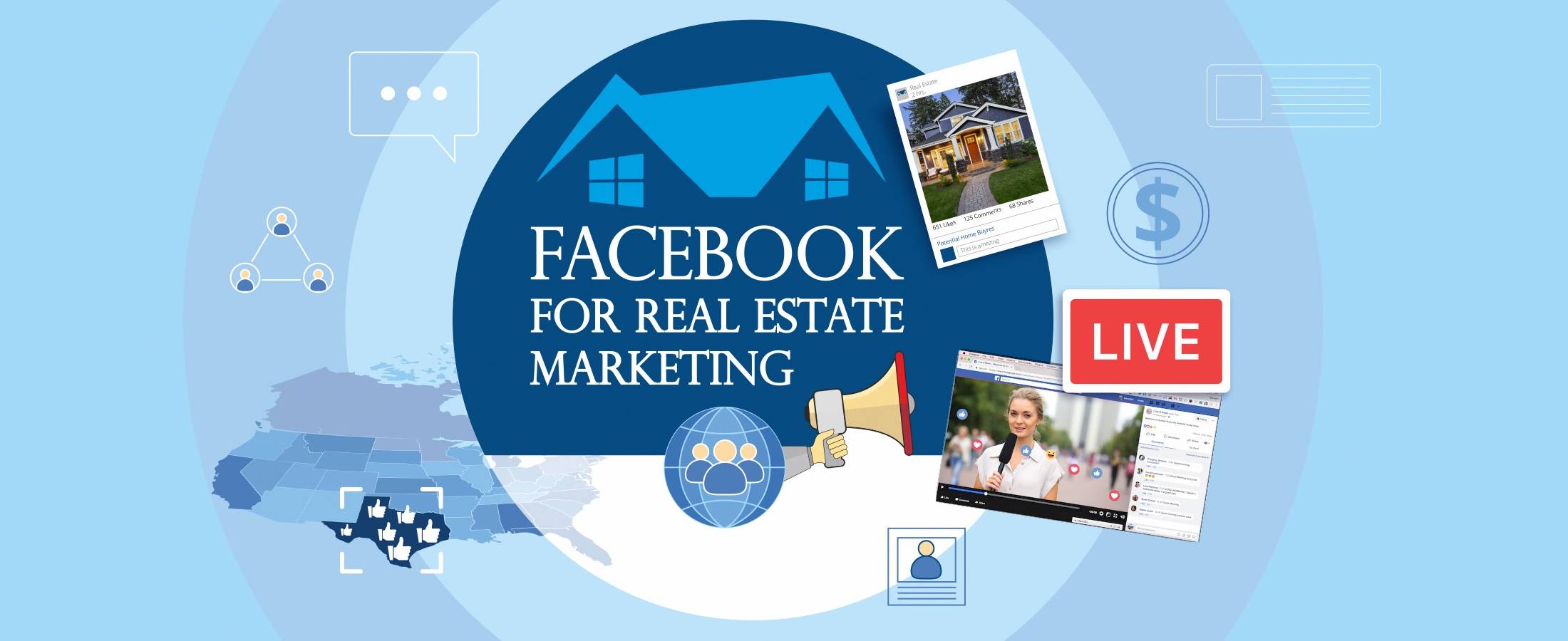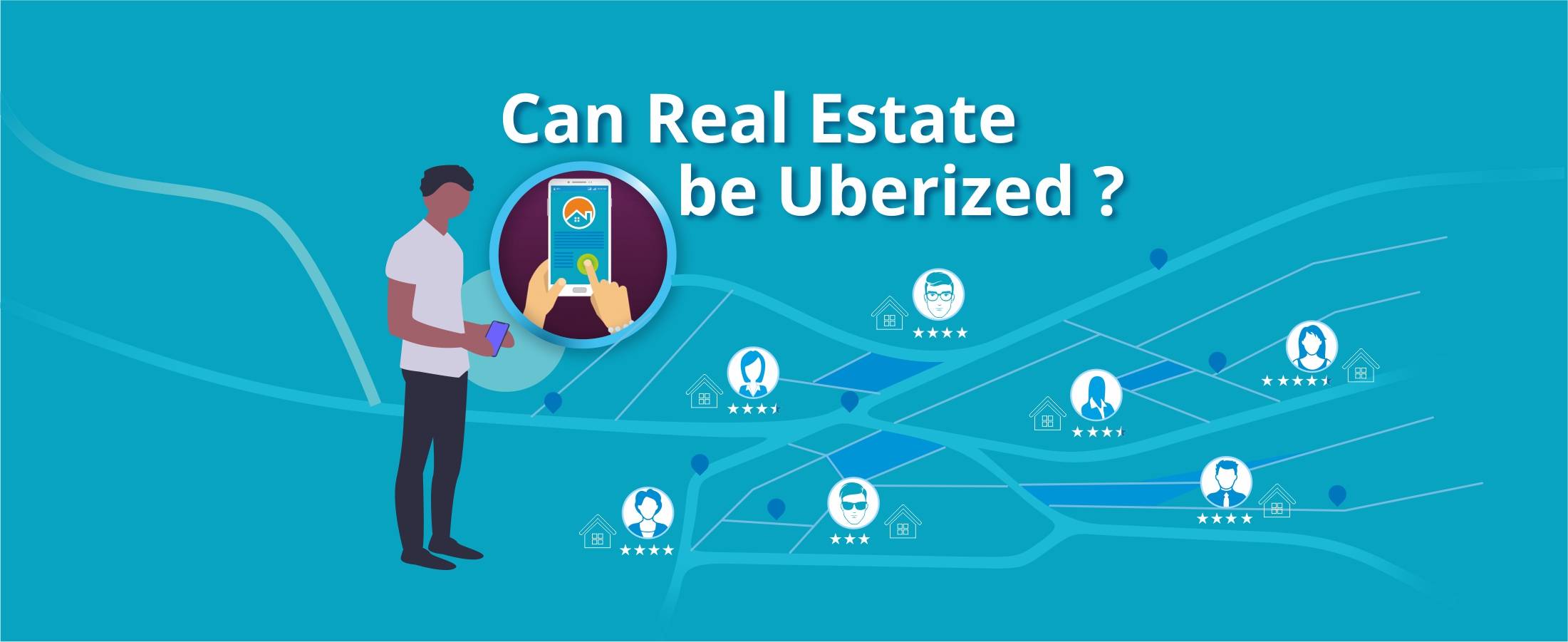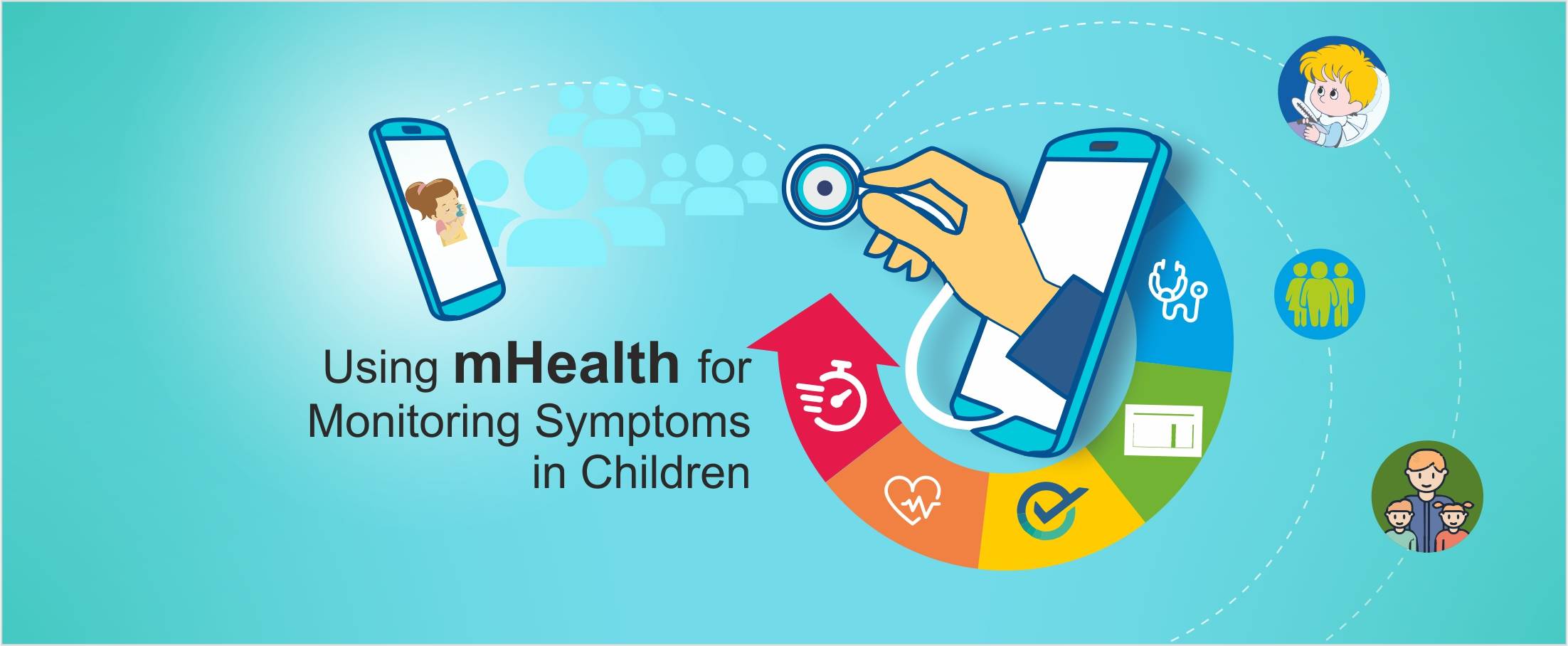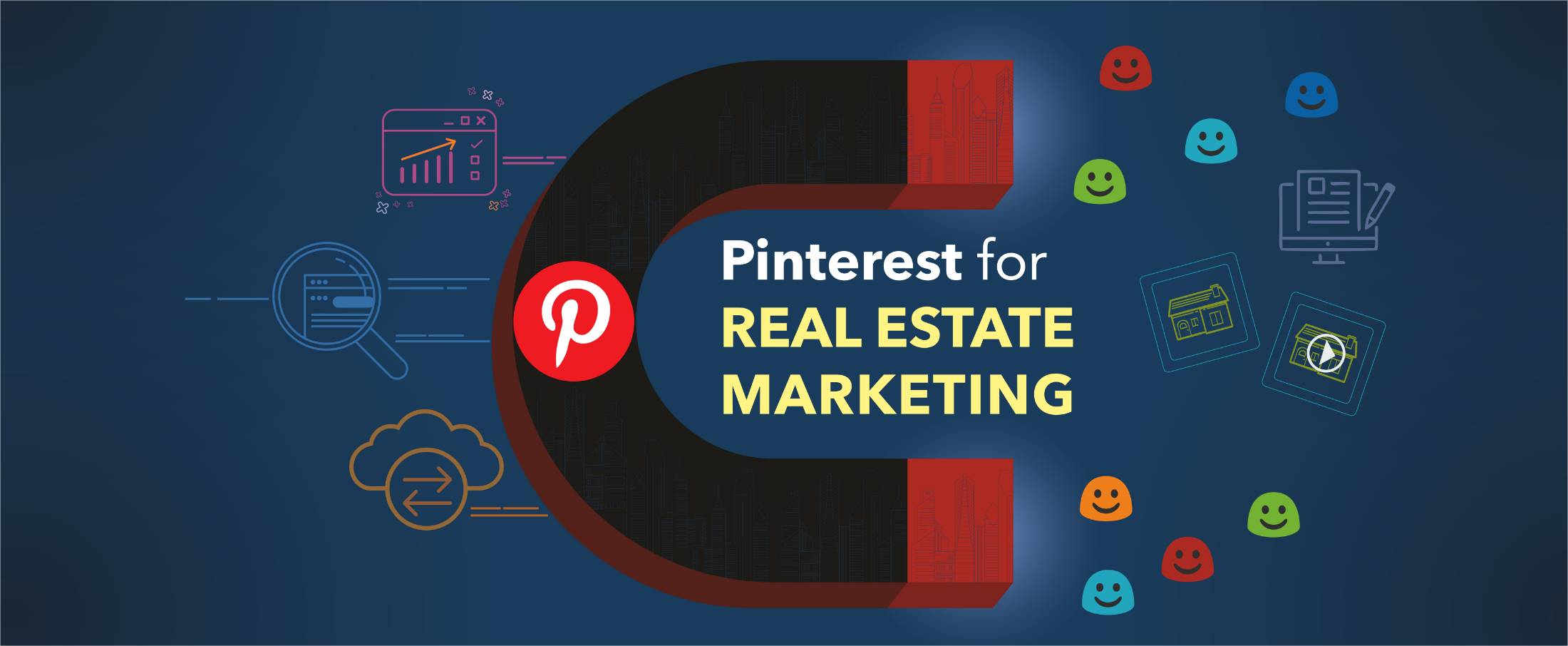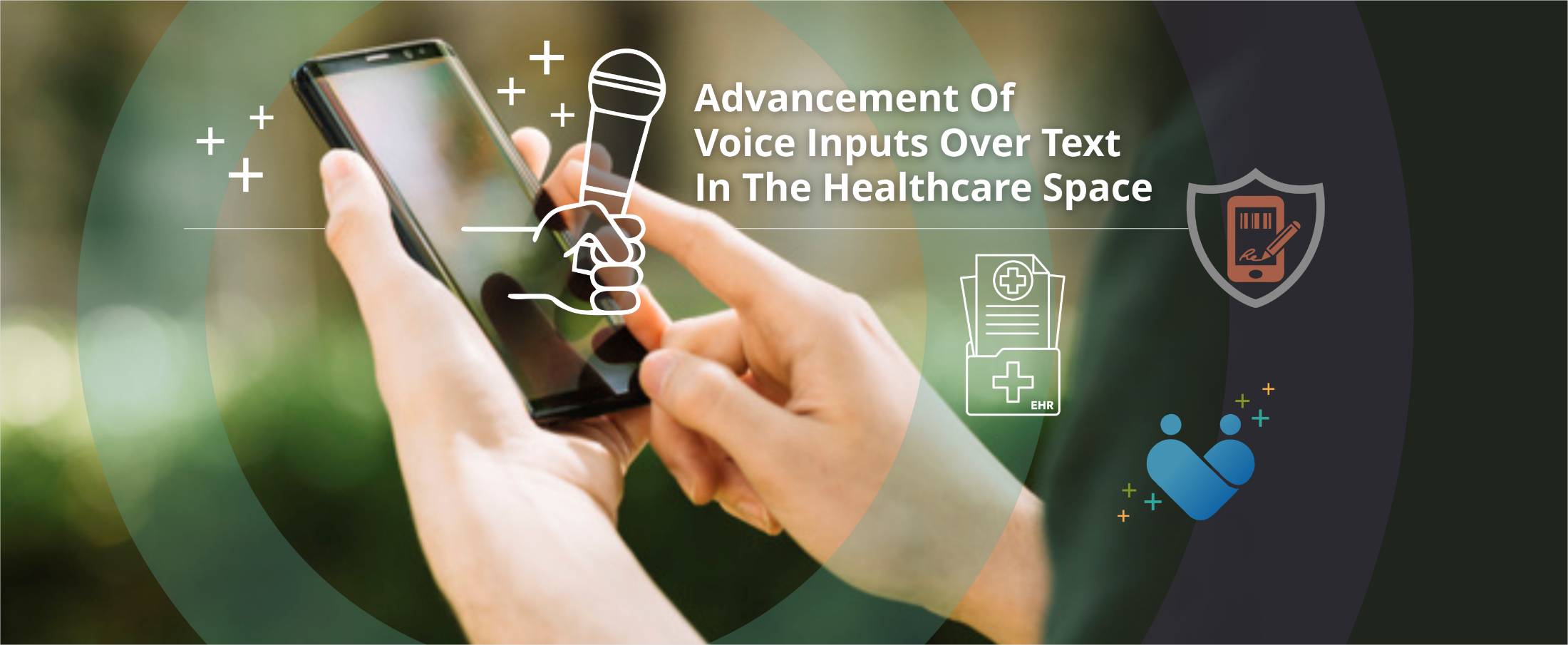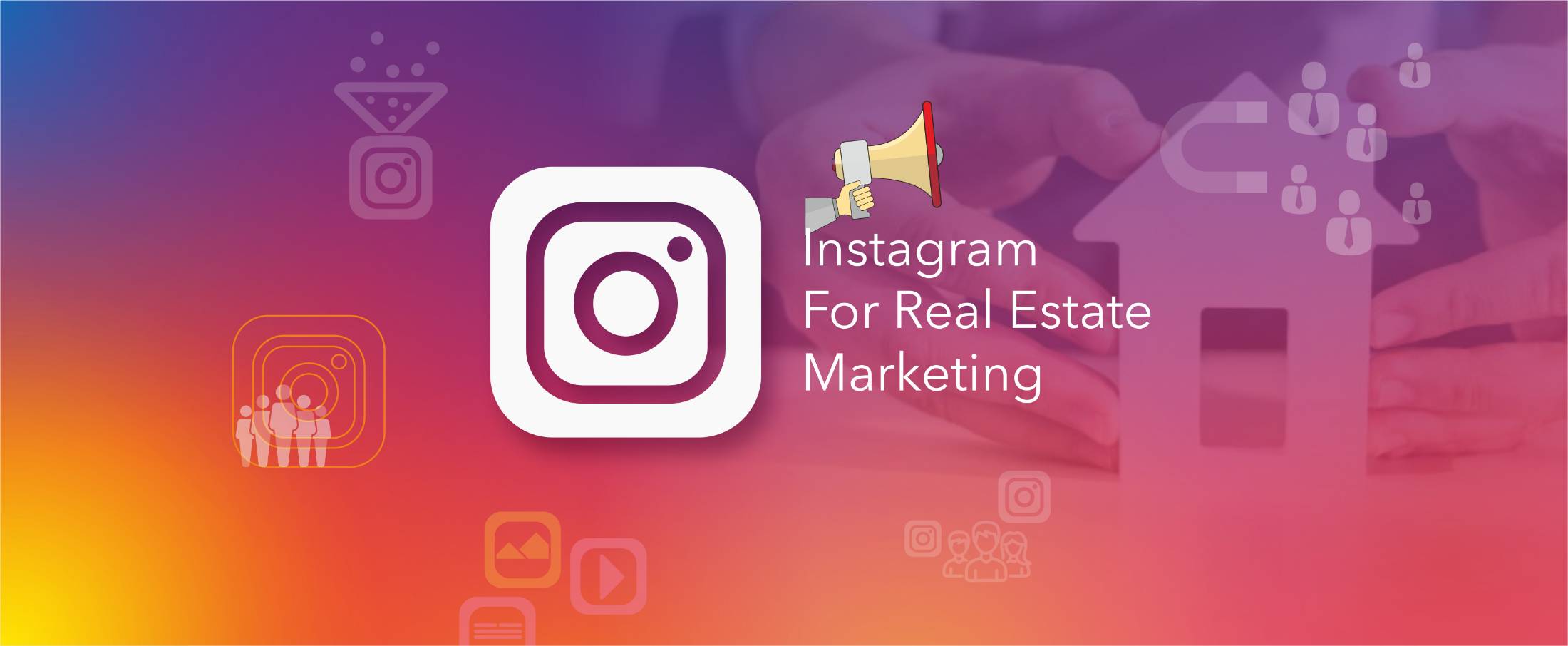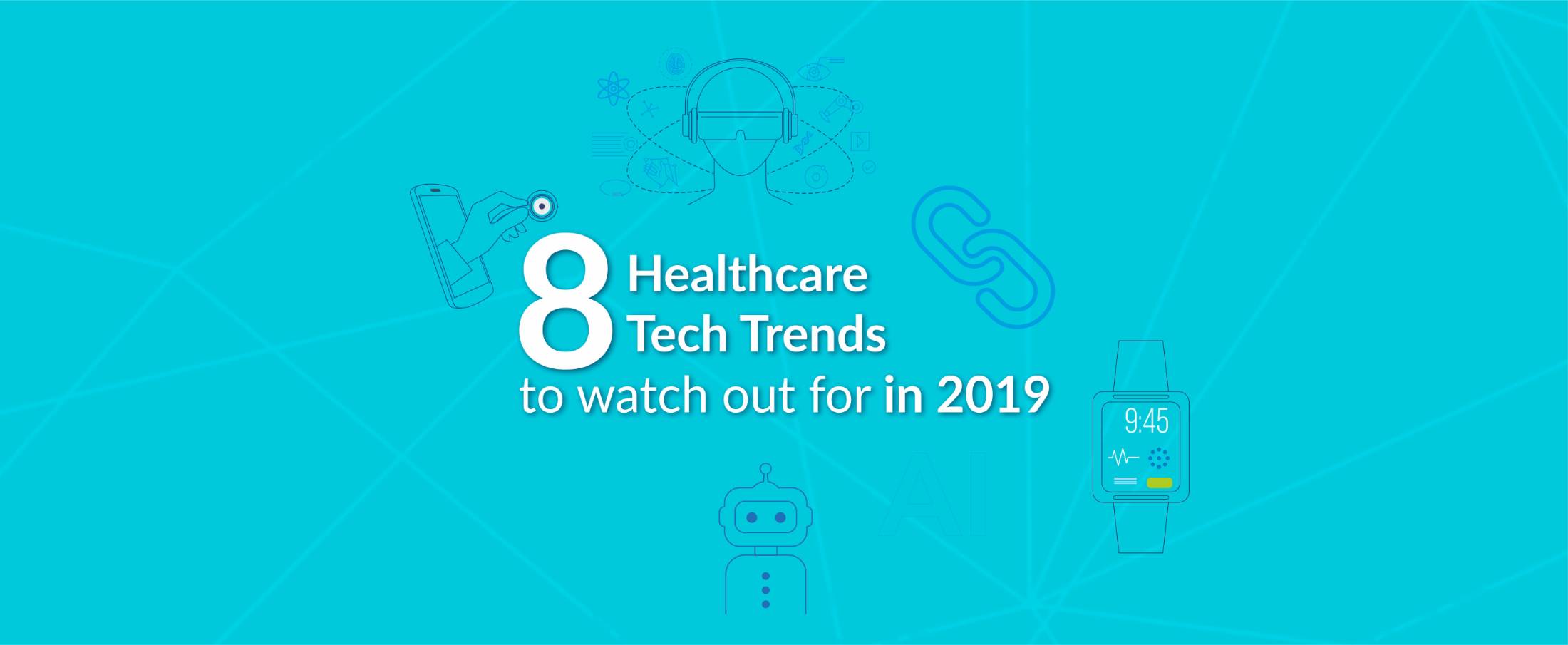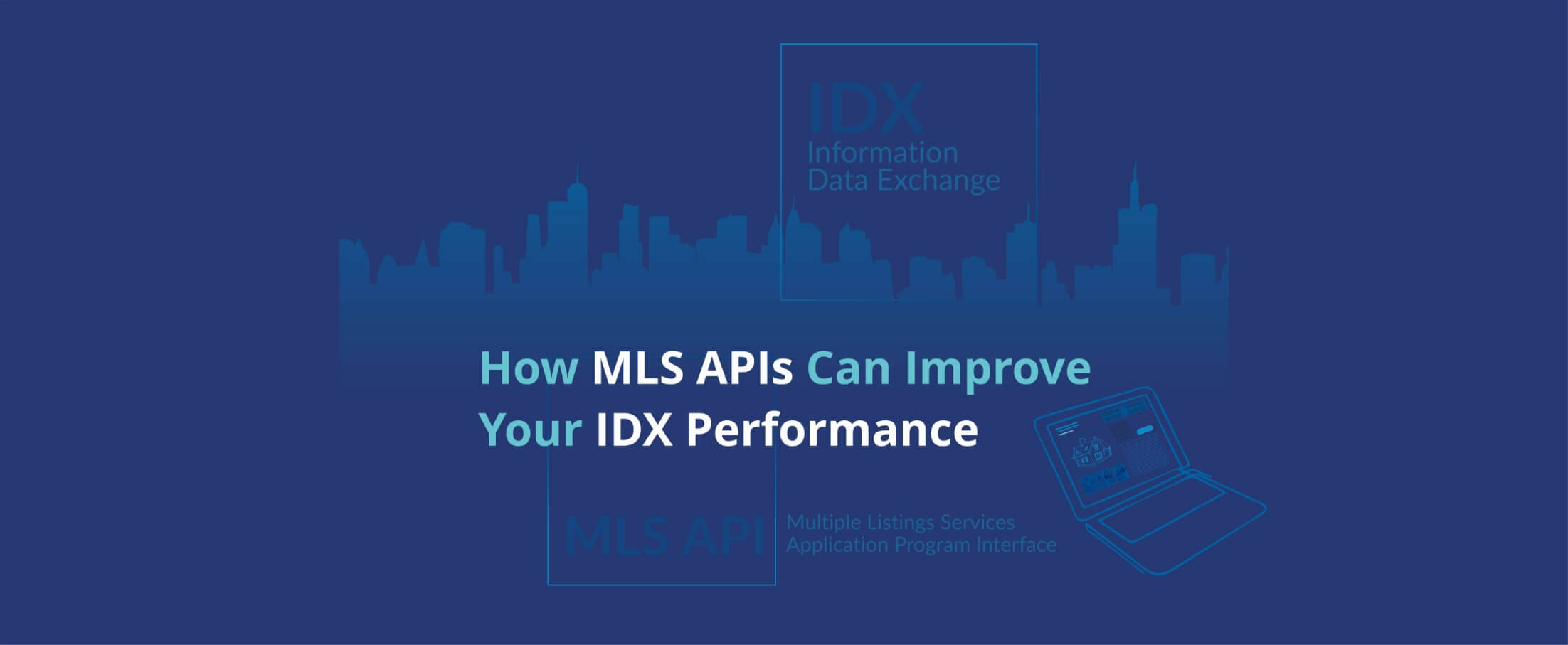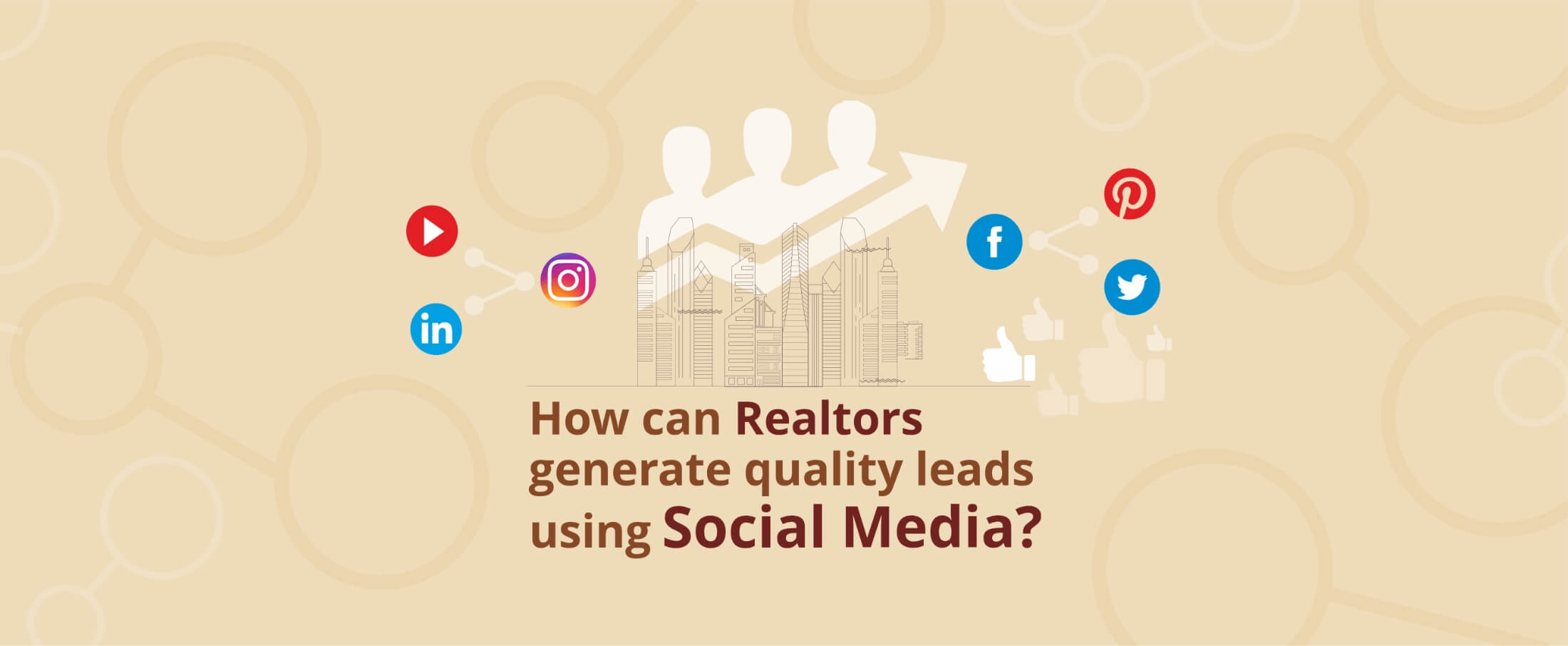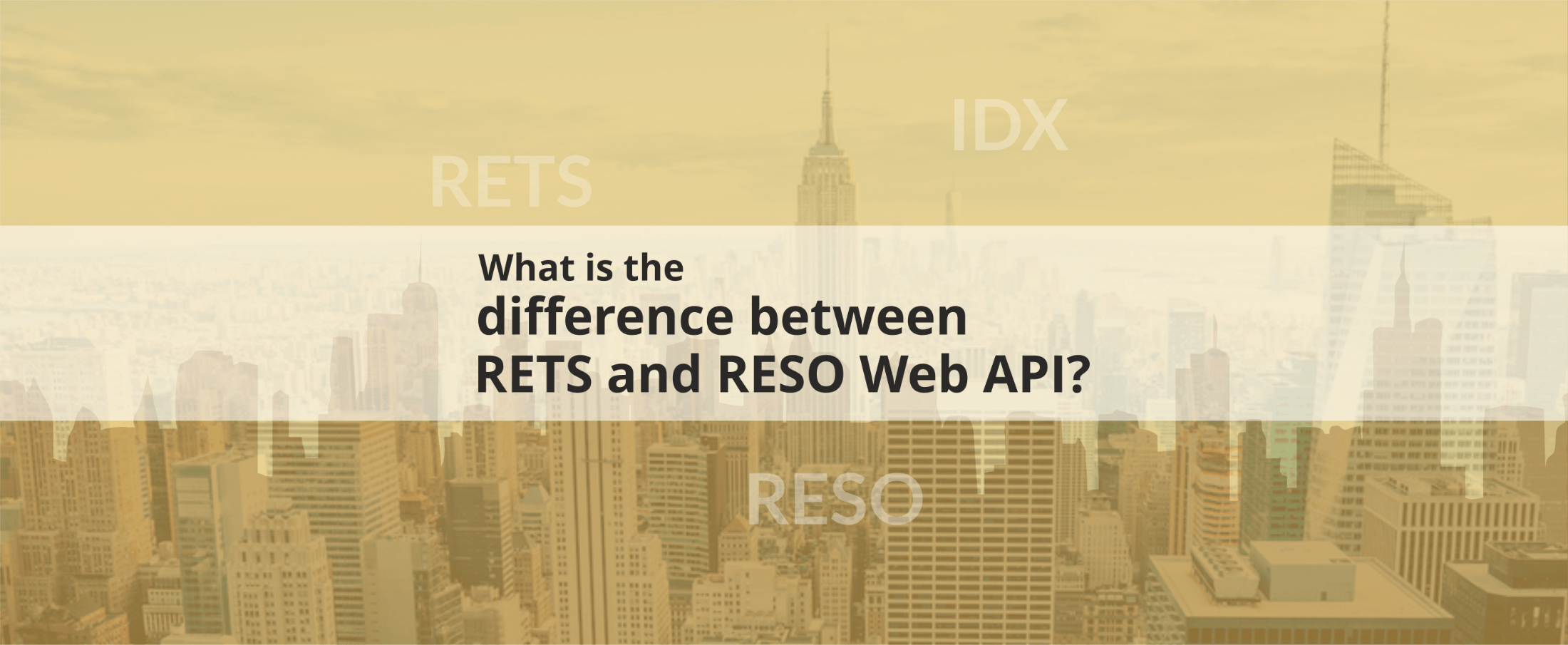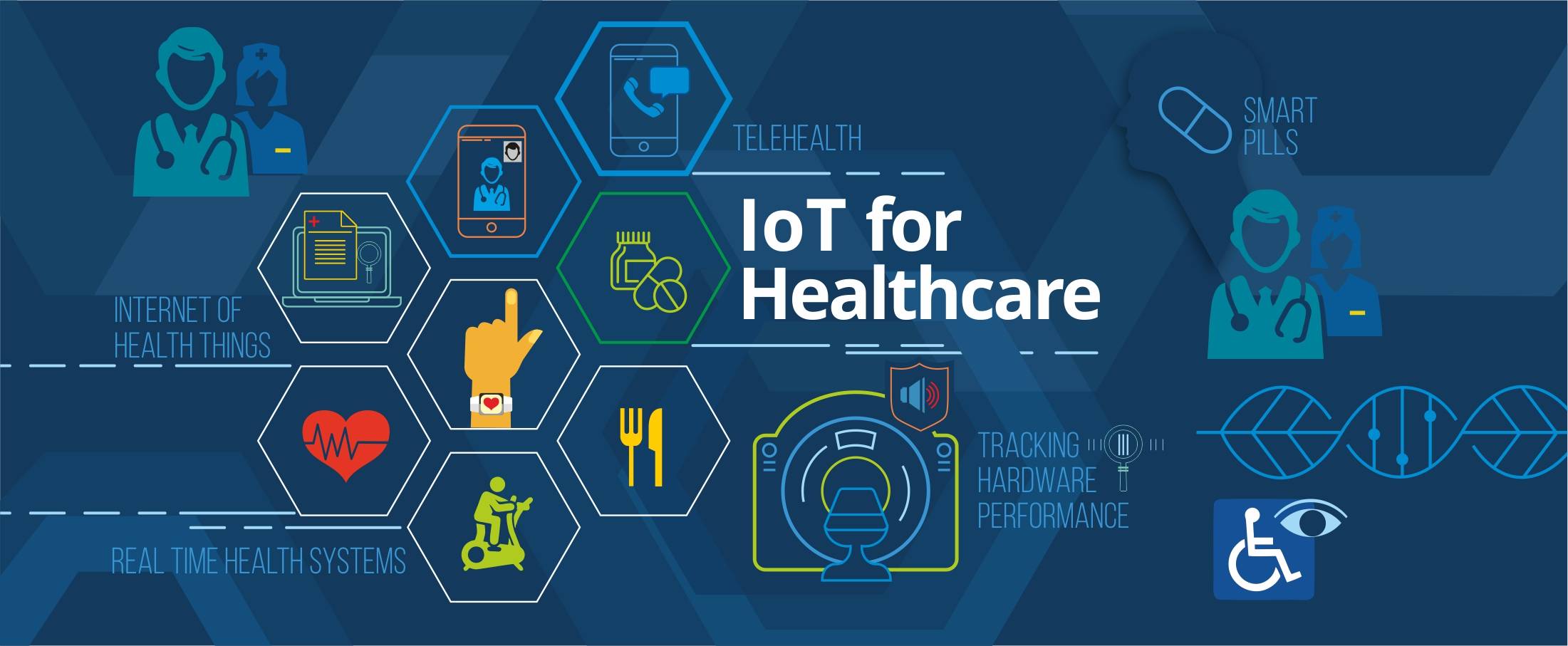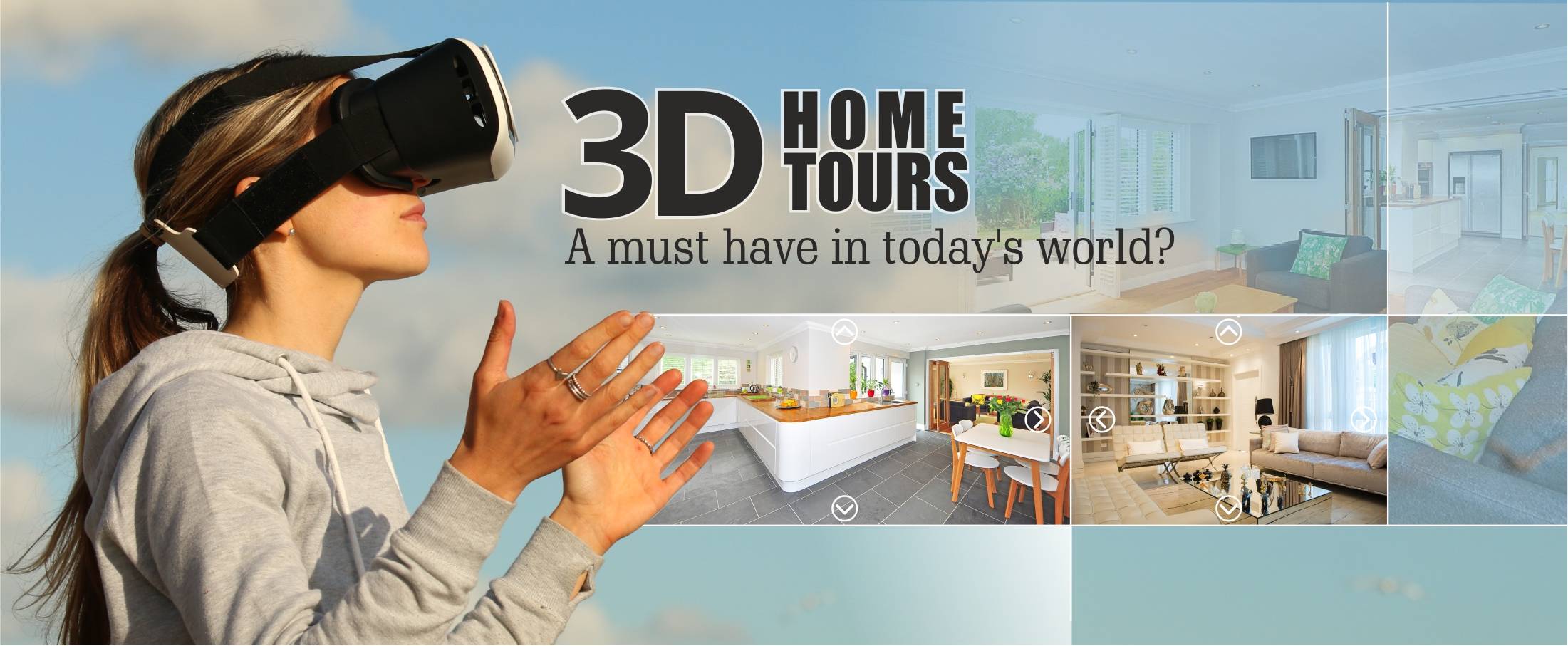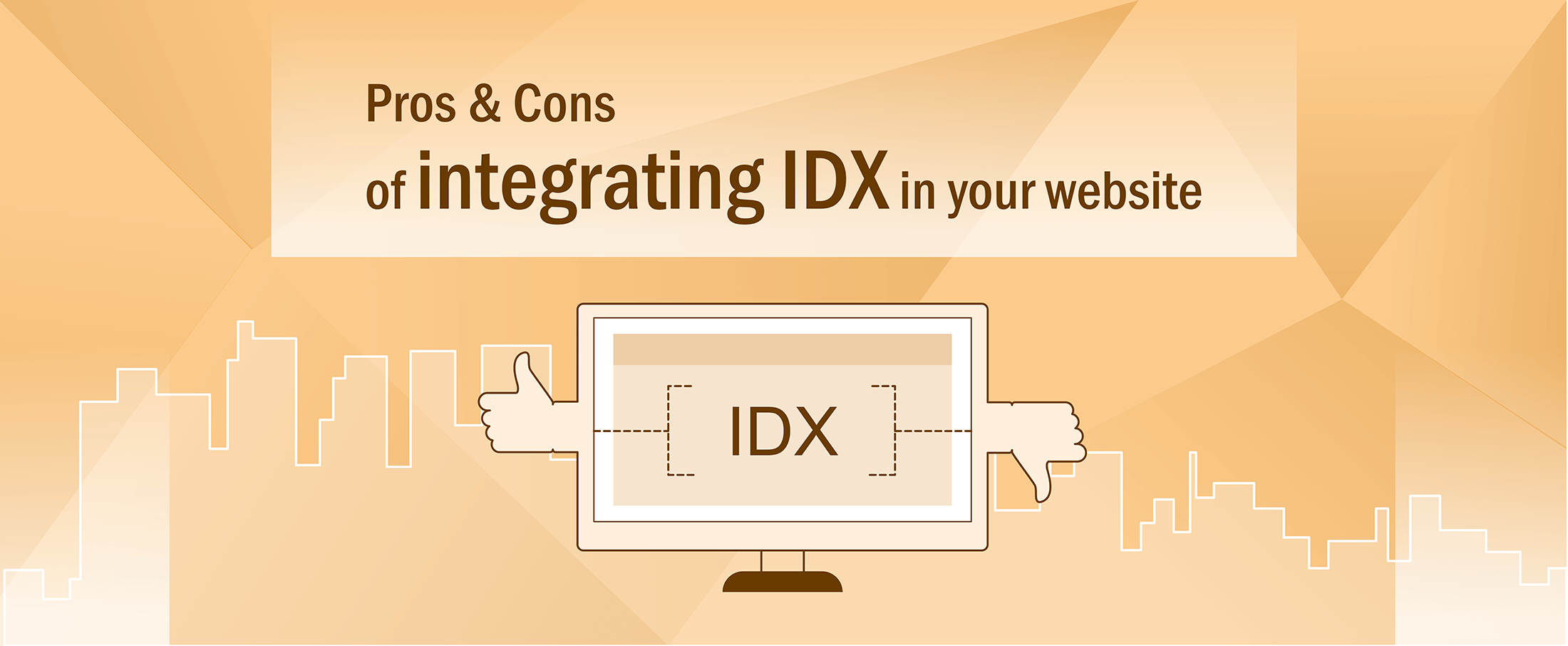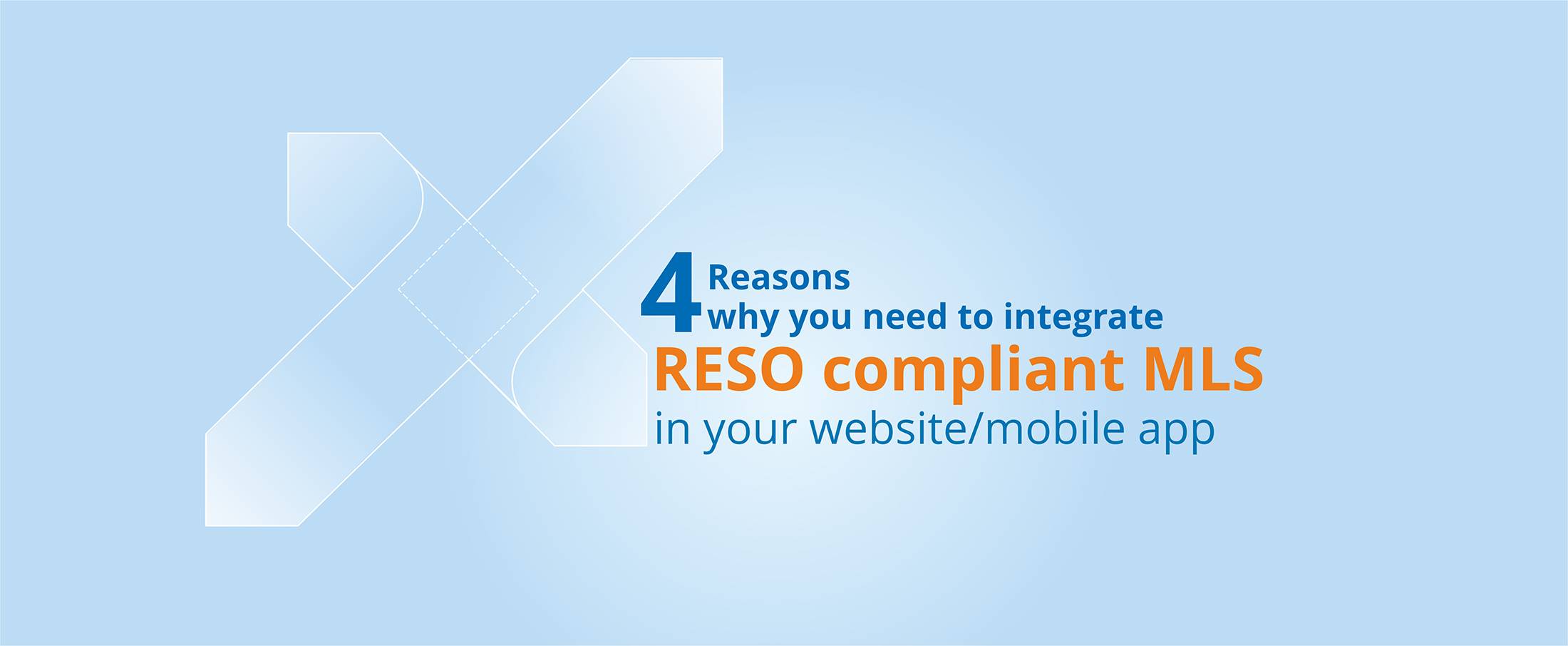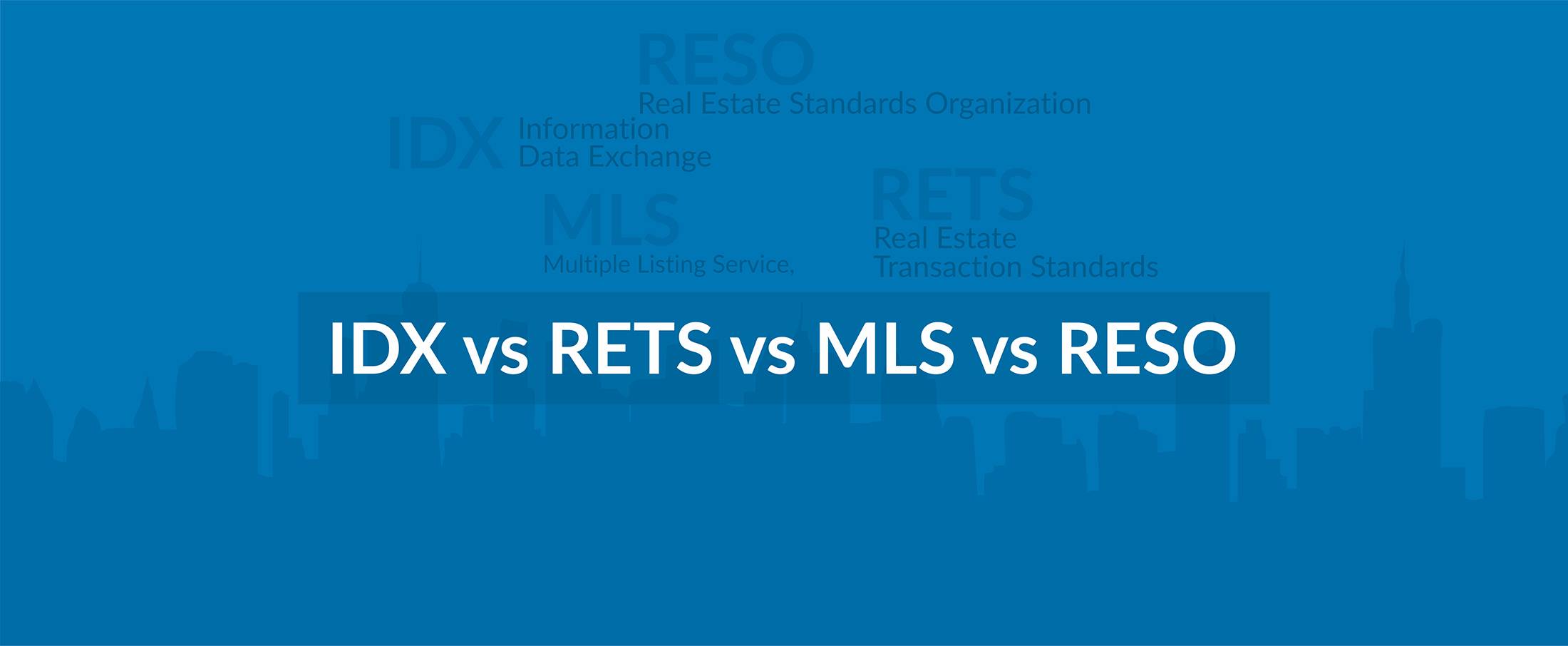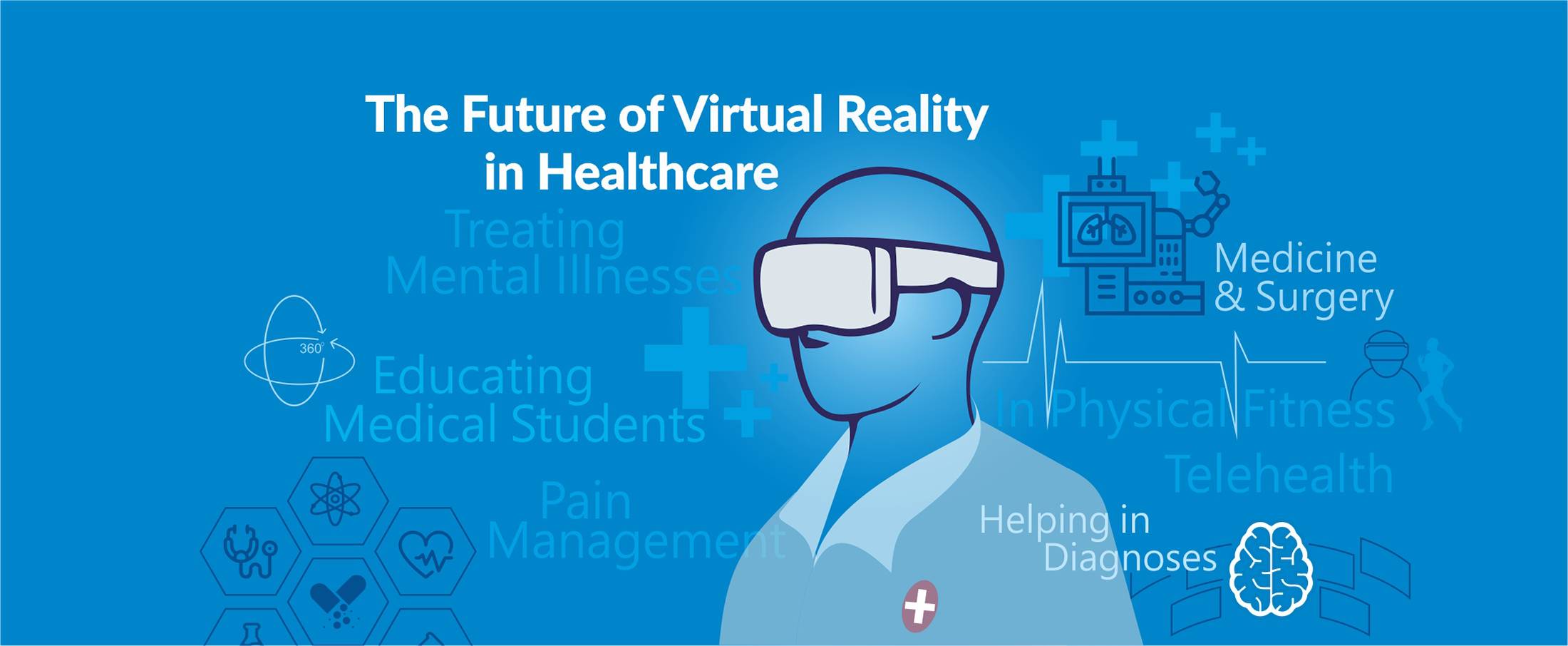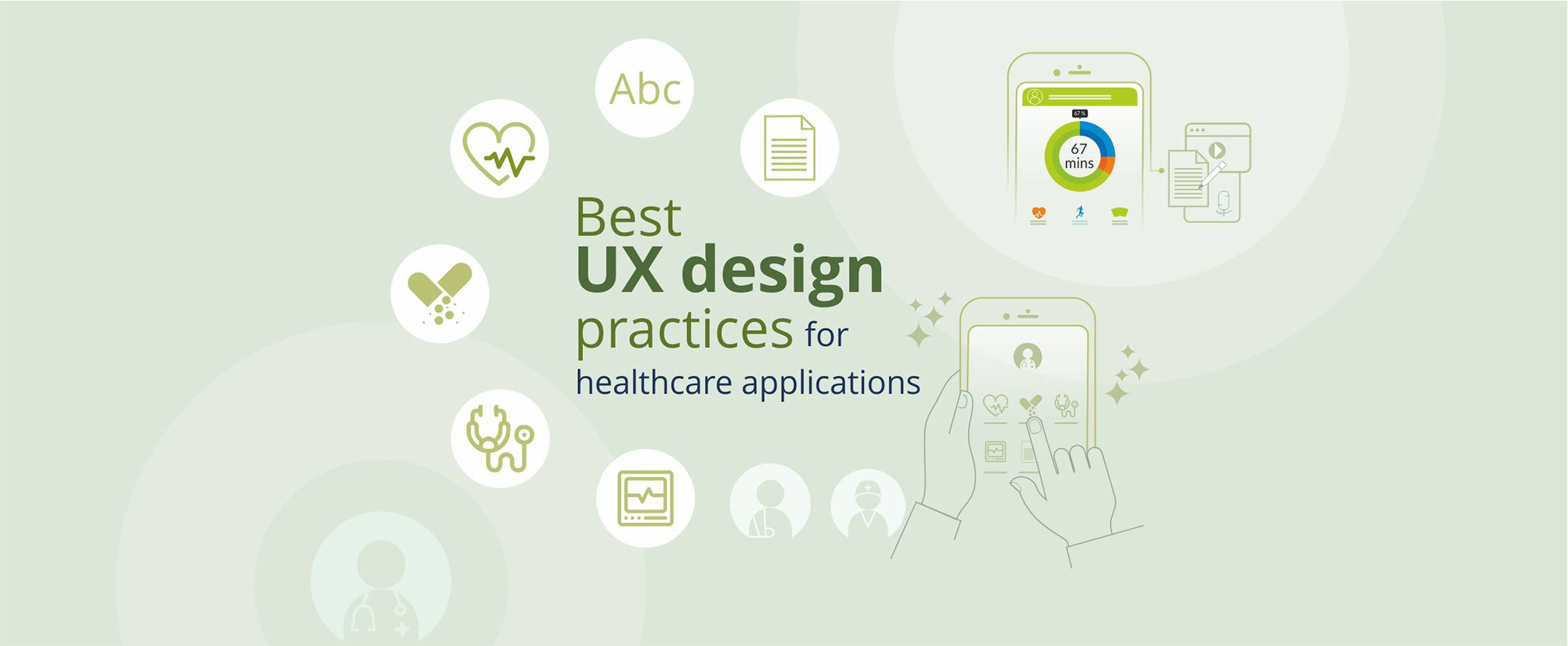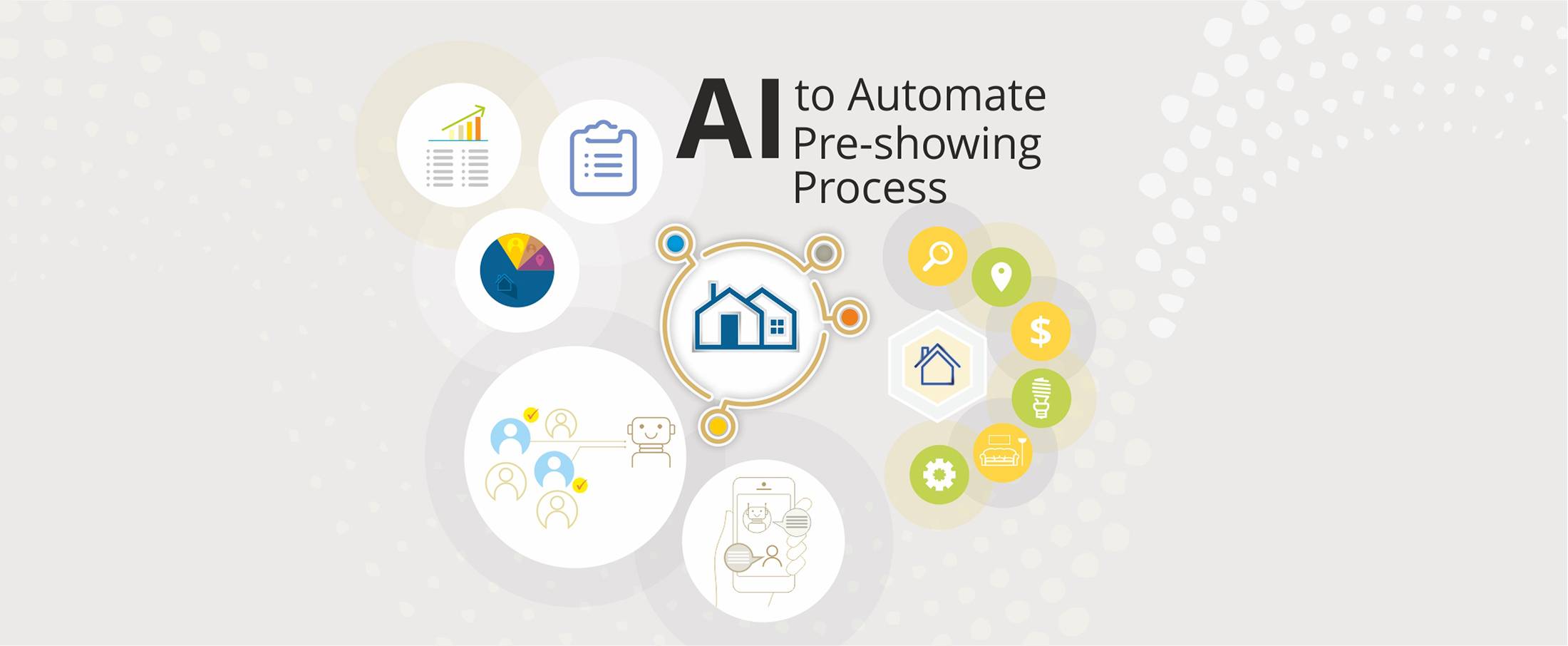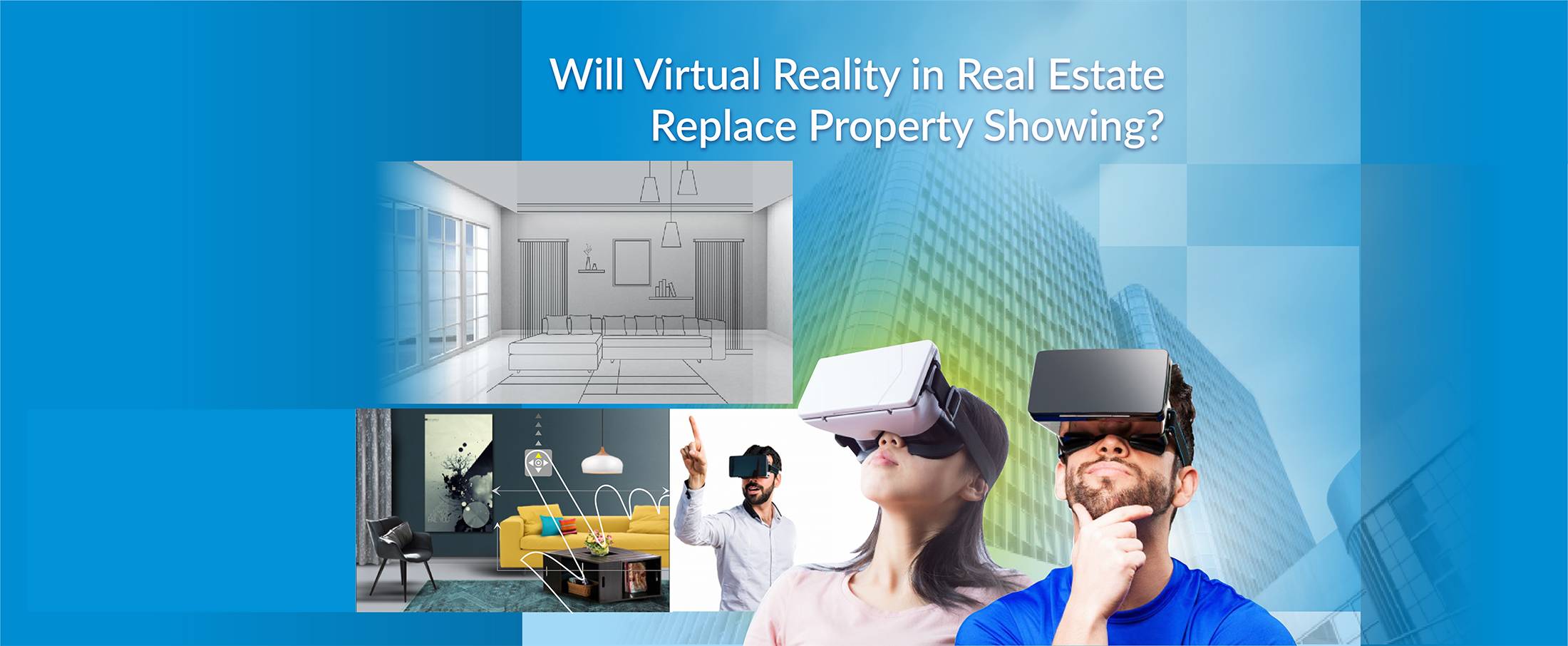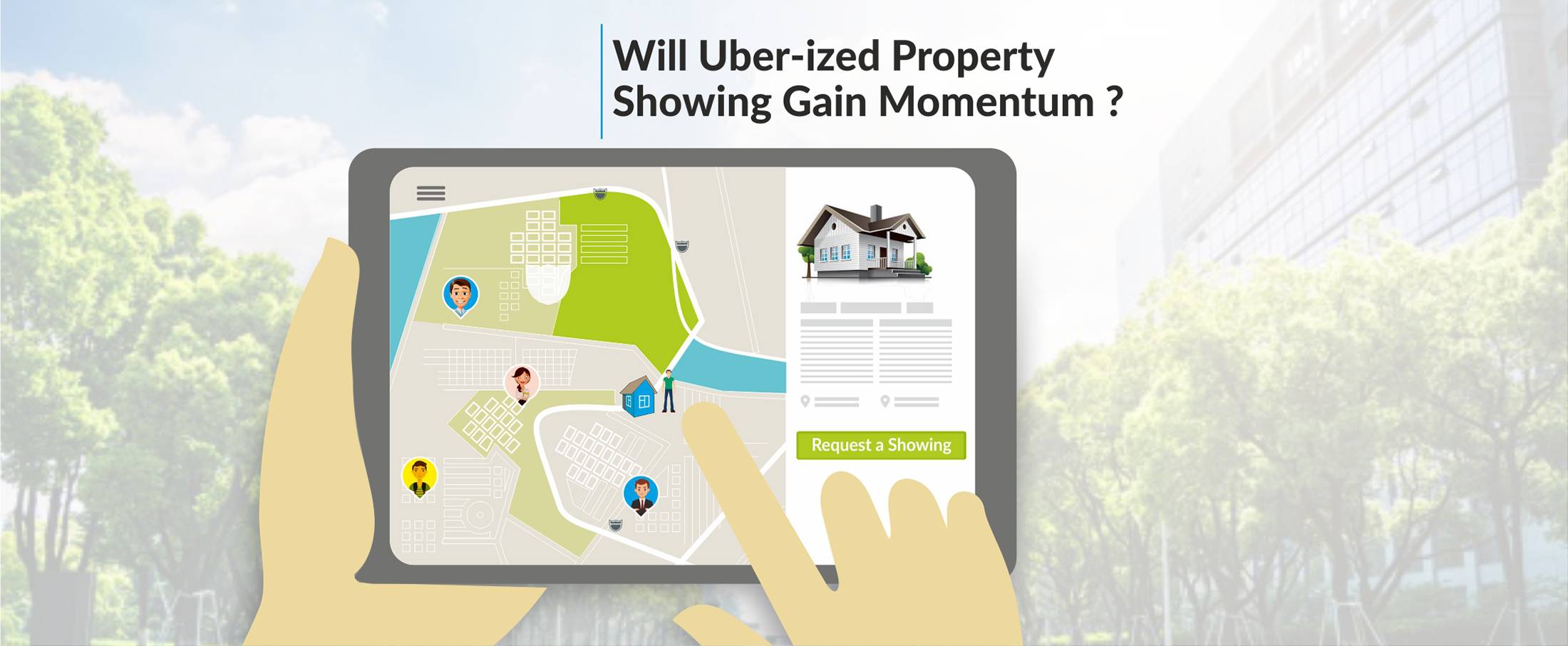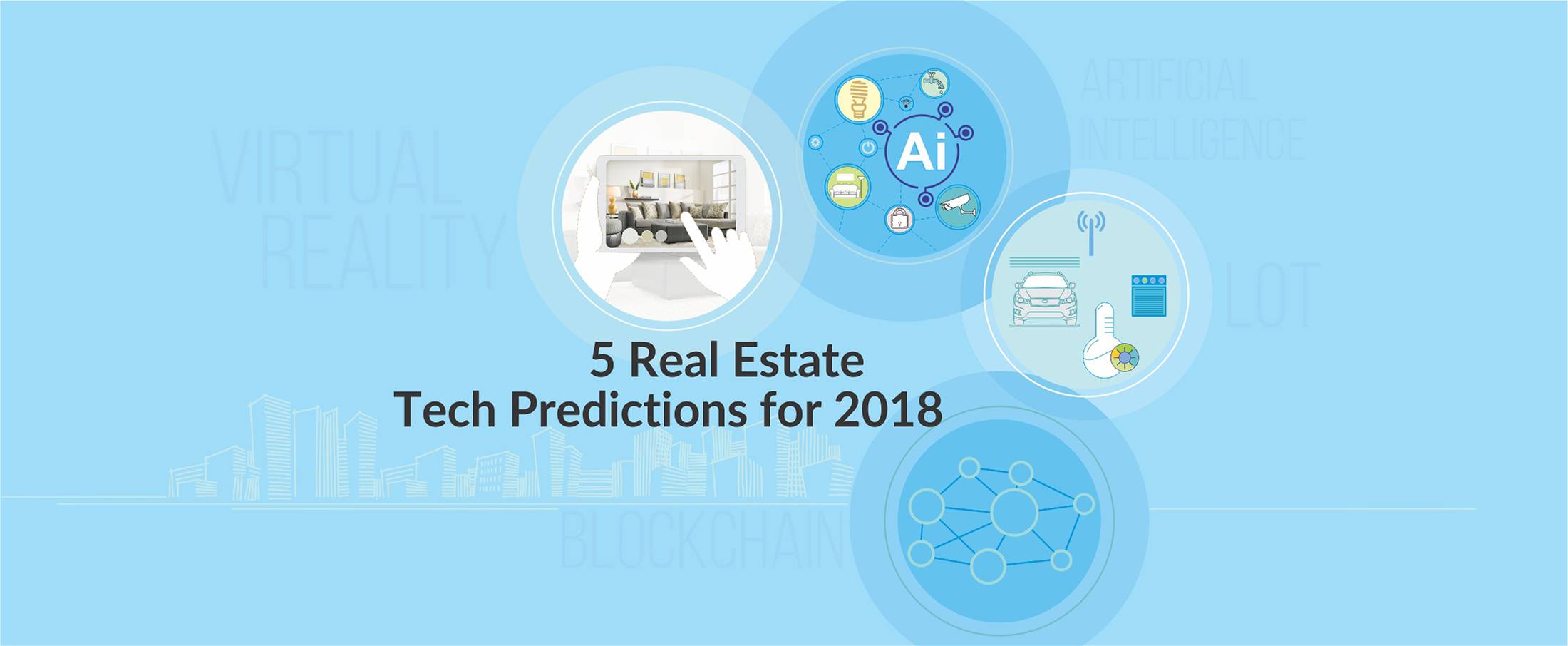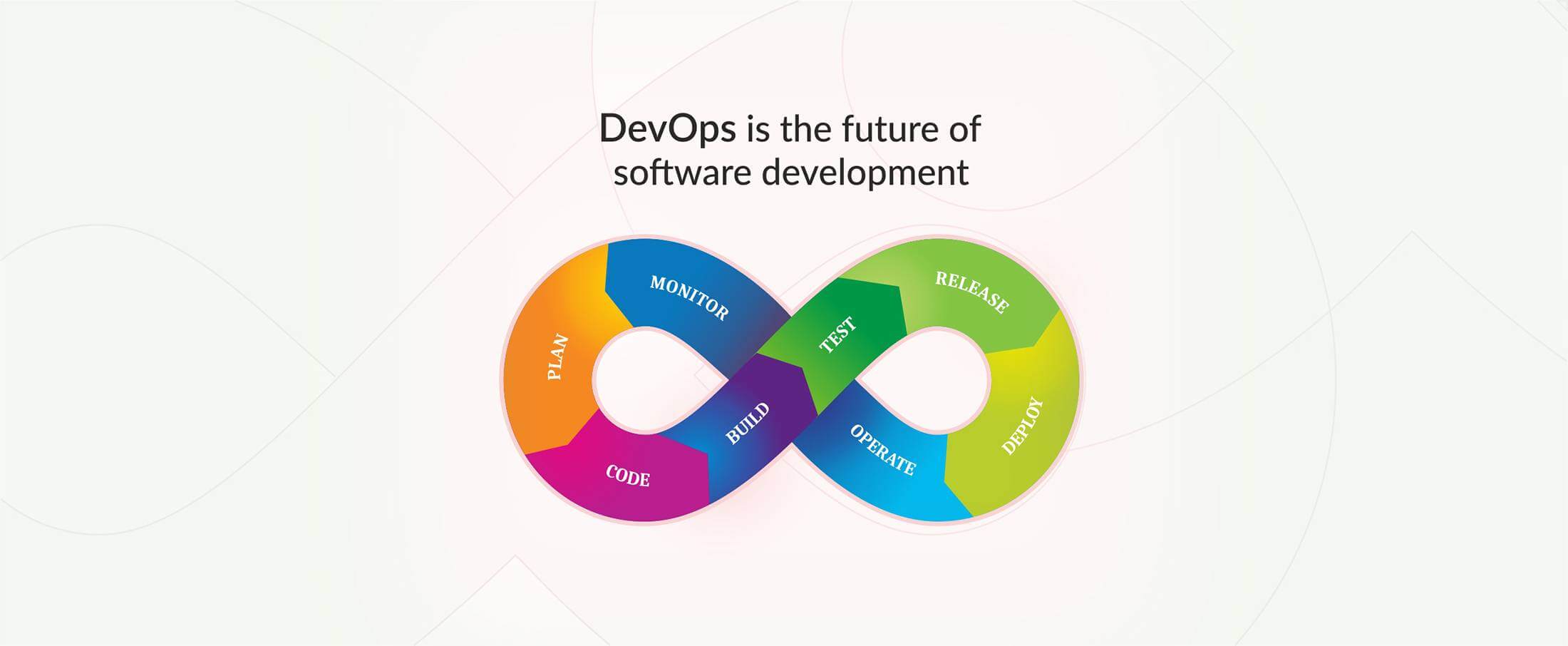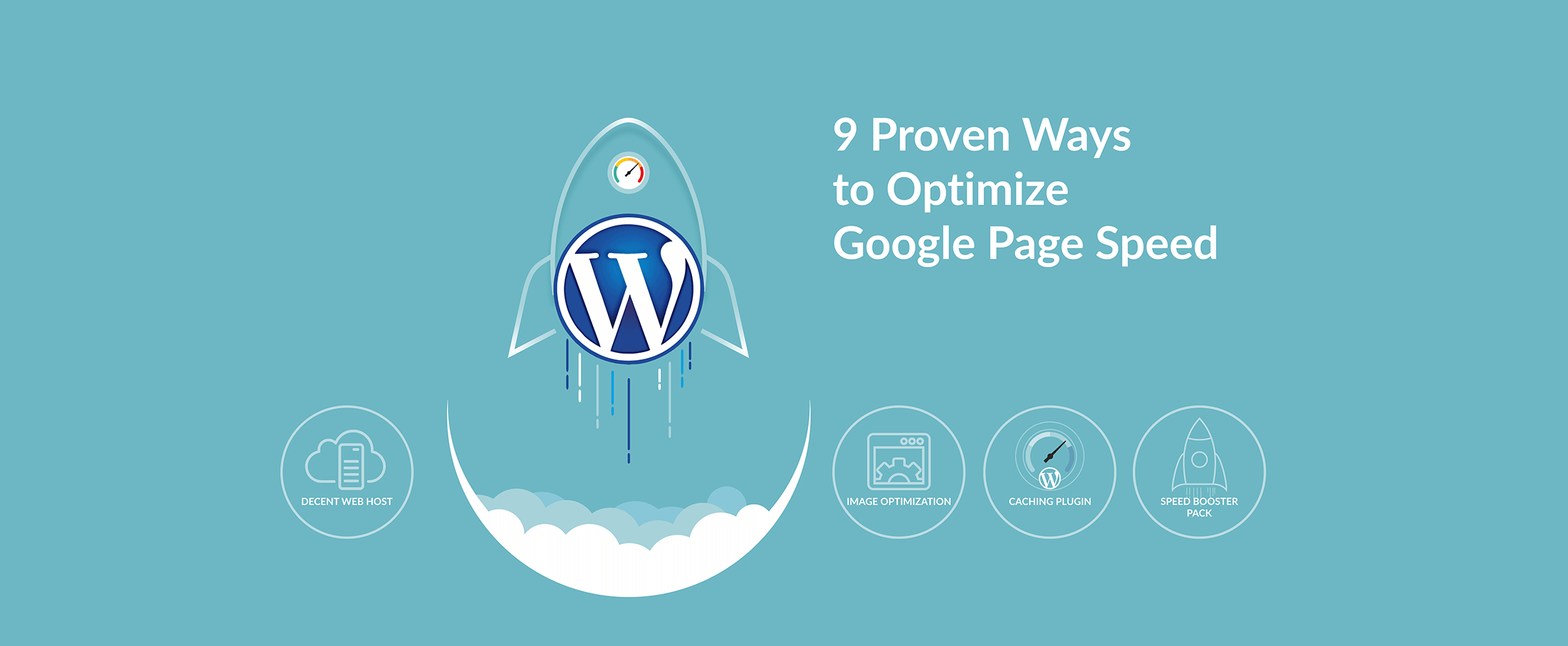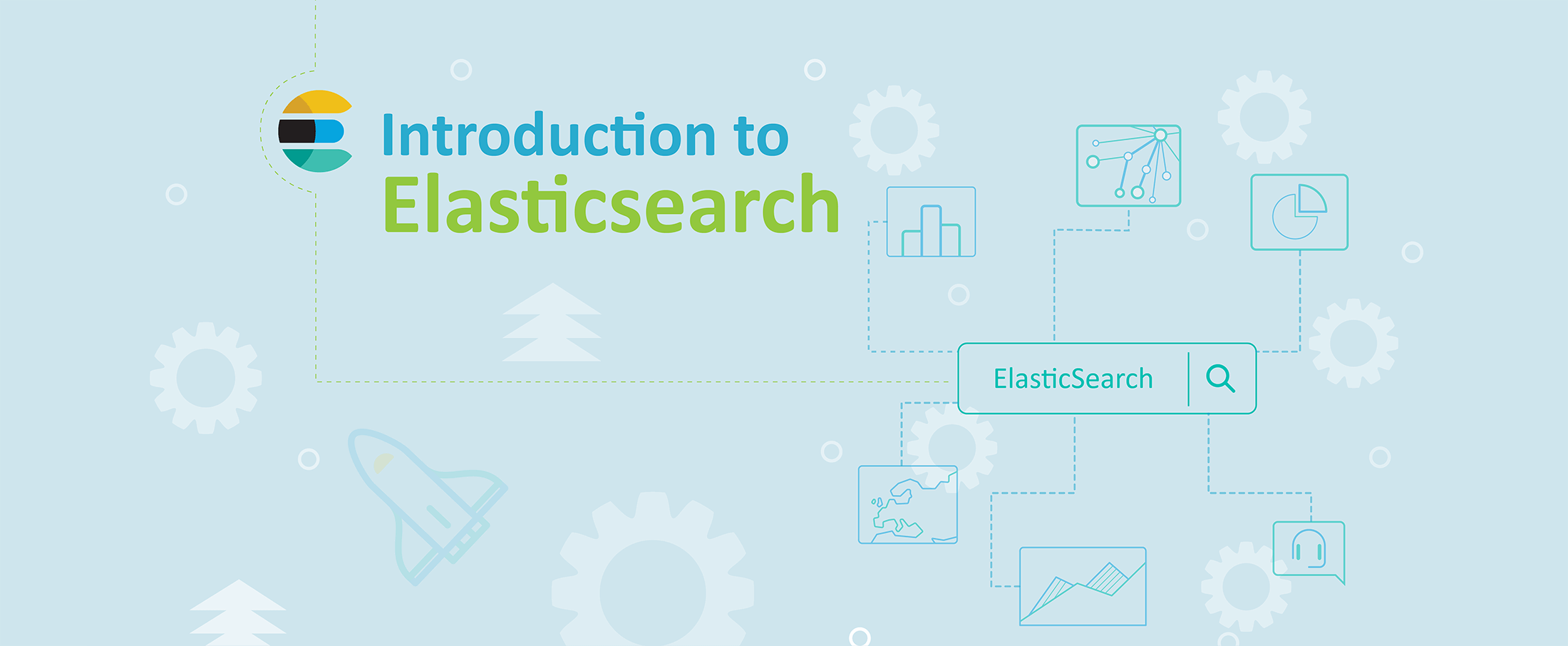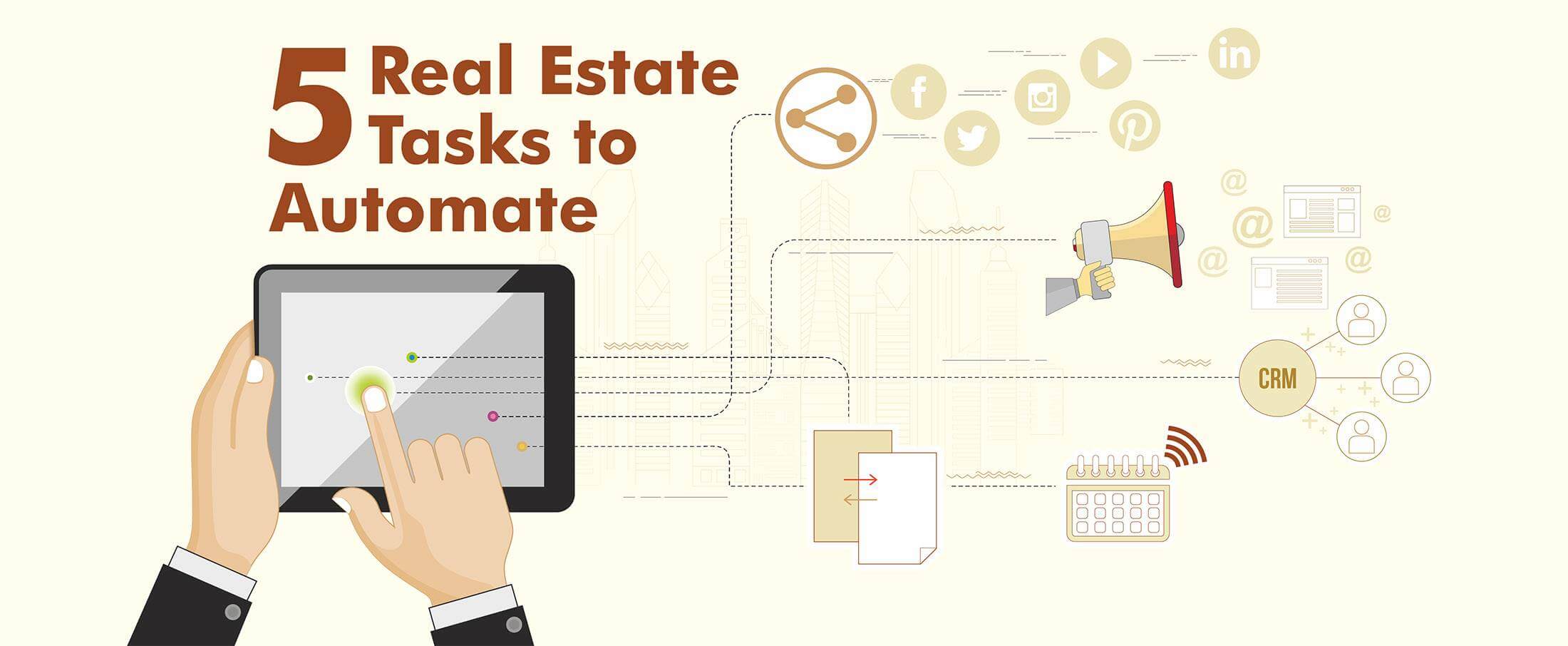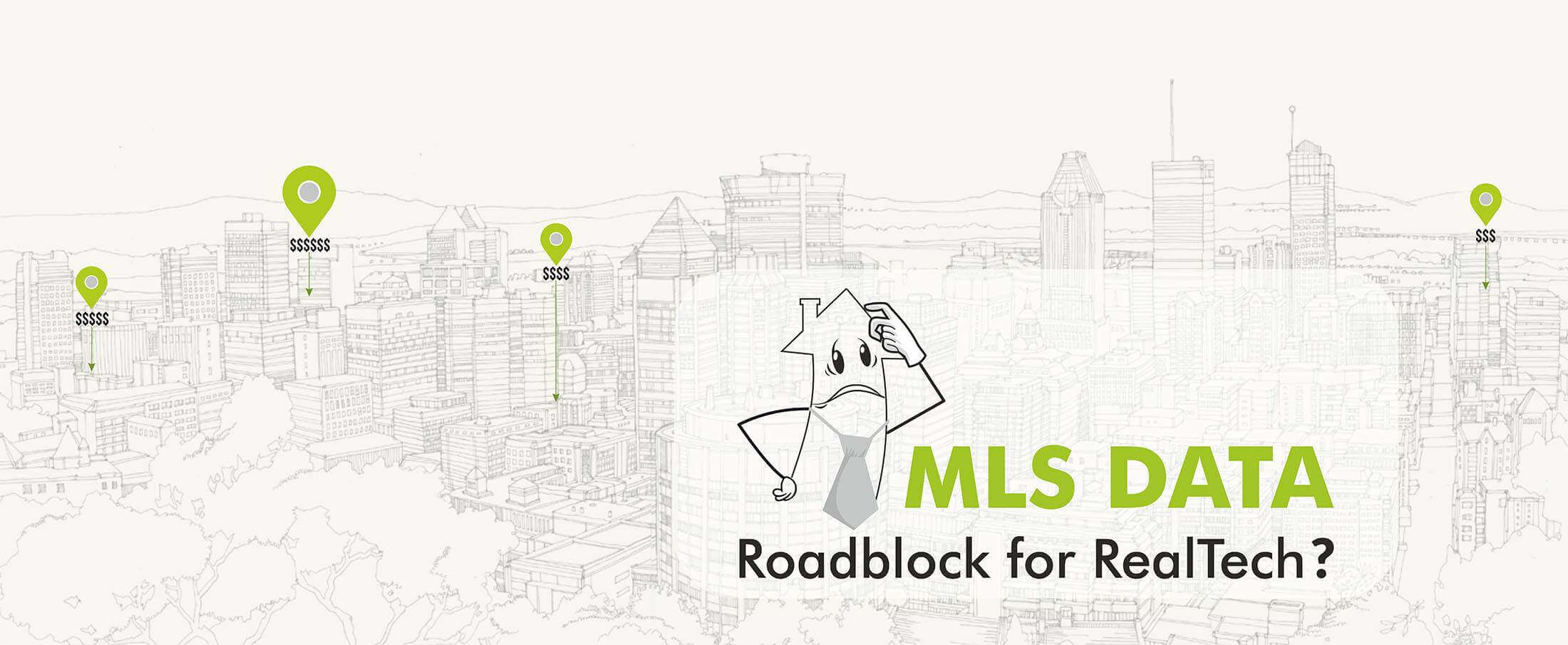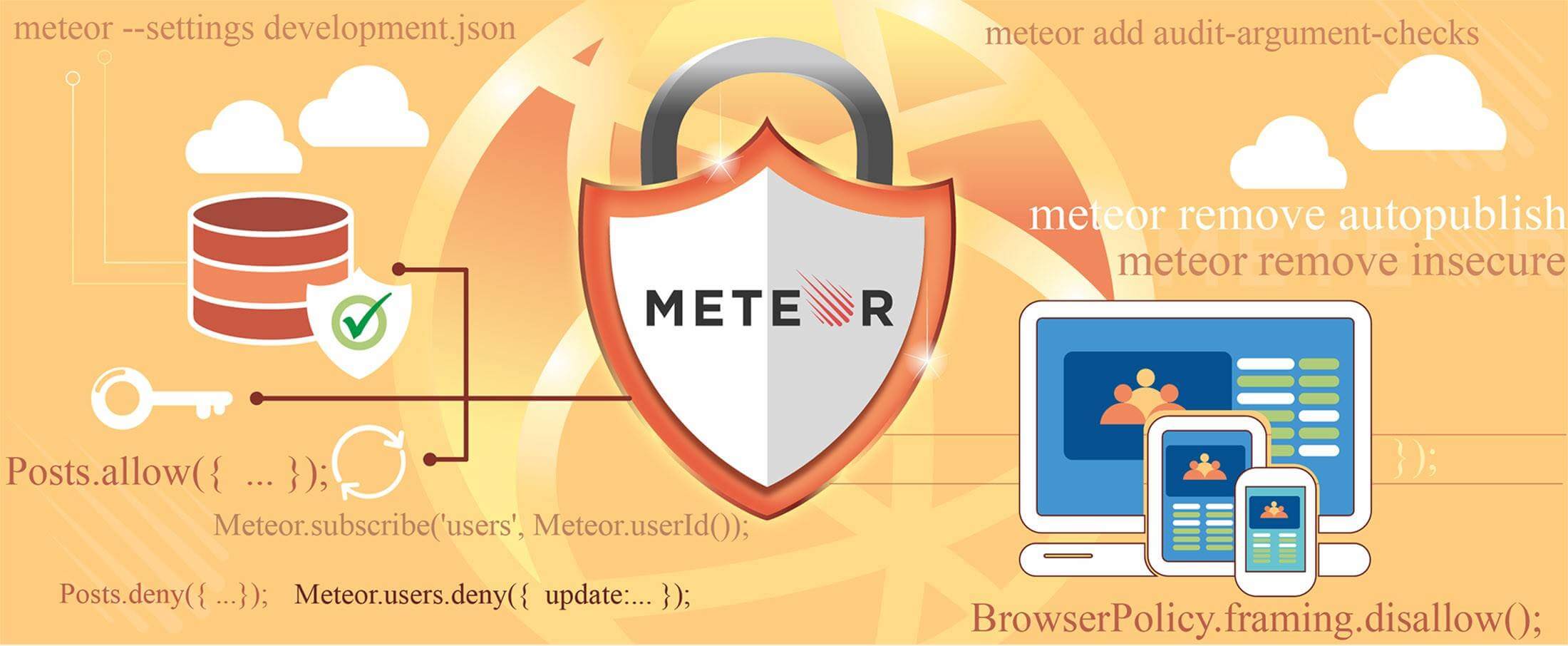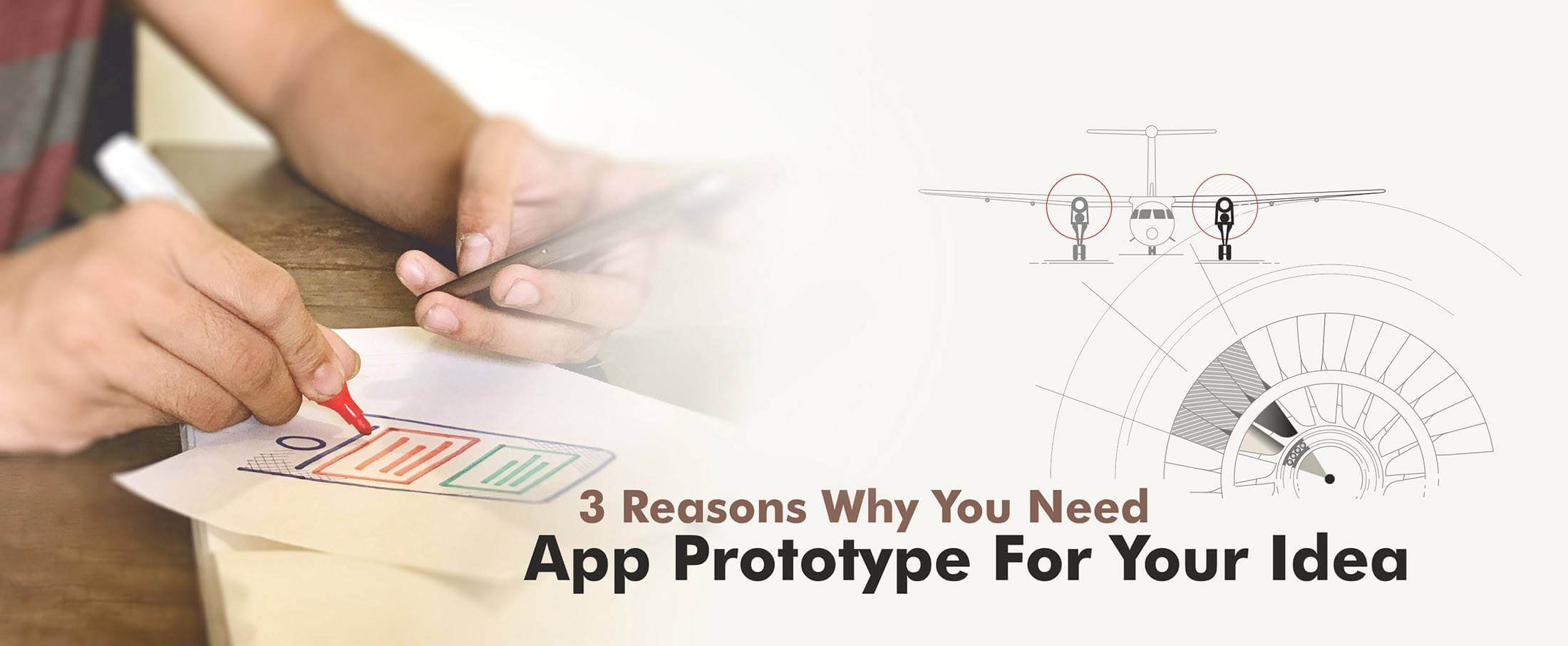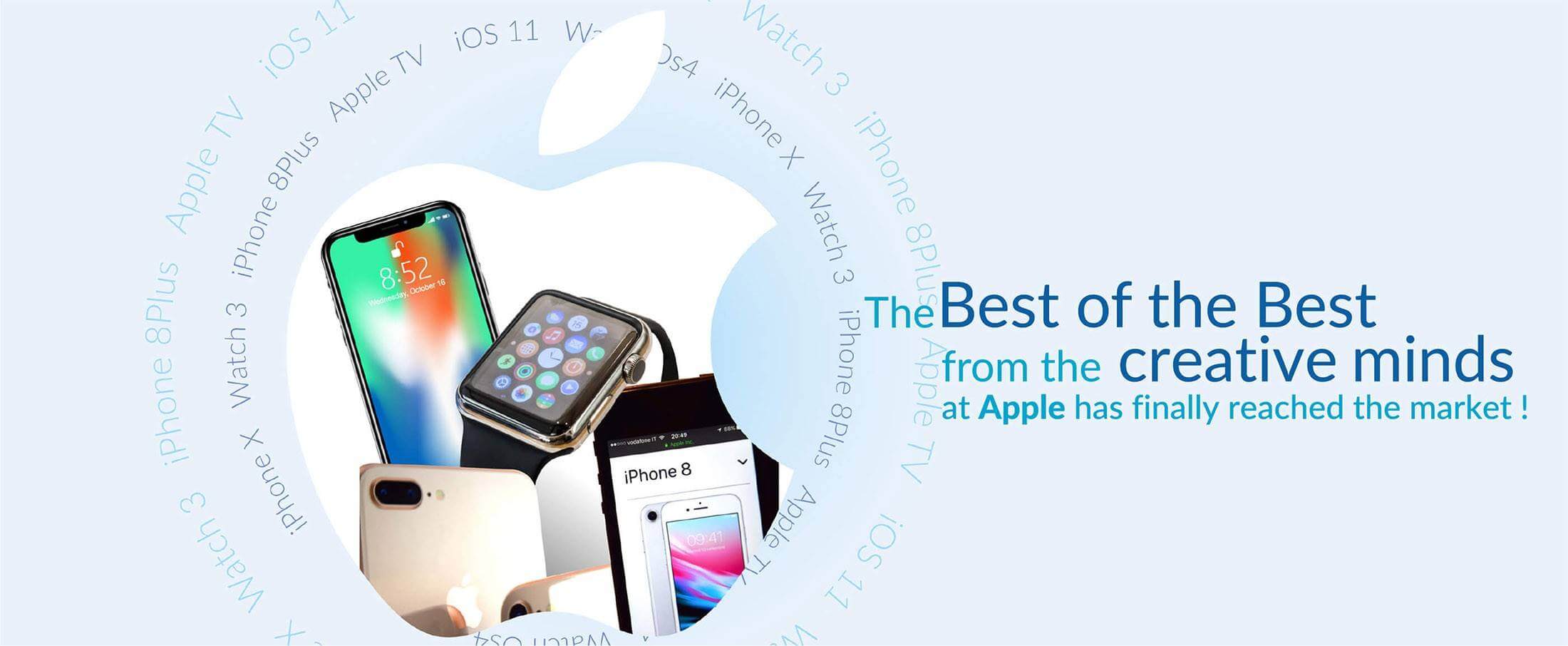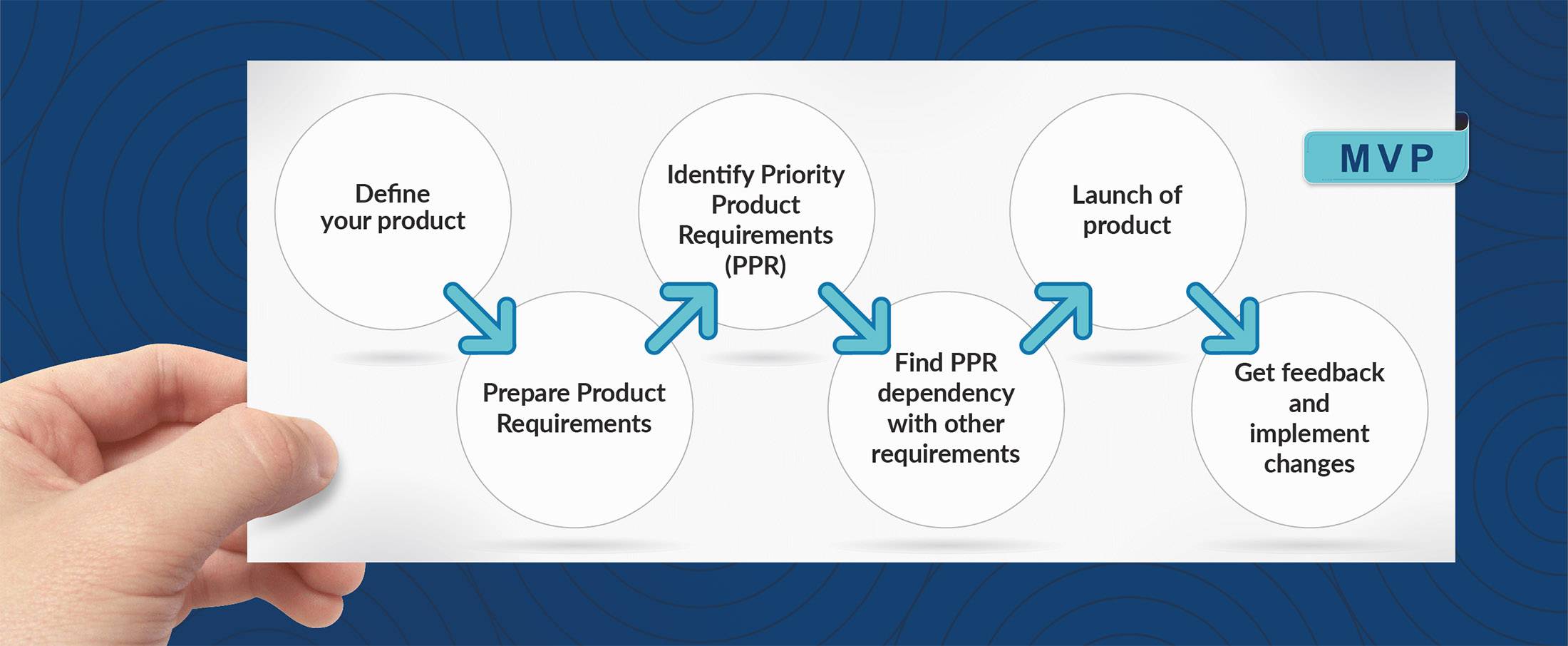Home Navigation for the Visually Challenged
Home Navigation for the Visually Challenged
According to the National Health Survey conducted in 2004, it was projected that over 60 million Americans are at risk of being visually impaired in the near future. People with various health problems like diabetes and eye-problems, seniors and veterans, especially those evacuated, wounded, are considered at risk of developing partial or complete blindness. The basic problem with a loss of vision, especially for those who are born with good eyesight is the loss of quality of life. Complete or partial loss of vision can totally impair the person from living independently and lead to dependence and decrease in quality of life and mental health.
The primary problem visually challenged face, especially when trying to live independently is navigation. It can be a problem, especially when going to unfamiliar places, but navigation shouldn’t be a problem in one’s own home. Generally, when living in a house for a number of years, visually challenged people have their own hacks and methods to make for better navigation around the house. But when it comes to buying and moving into a new one, there are a number of complications to deal with.
Finding a New Home
When trying to find a new home or desirable property, the visually challenged face problems right from the beginning. For normal people looking to buy a new home, the options are unlimited! They can go online and search for real estate listings in their desired area. Real estate companies these days are also providing 3-D and virtual tours so that customers can get an idea of potential options without even having to step out of their home. But for the visually impaired the problems begin right from the word go as the conventional avenues that are available for normal people don’t work at all when you have problems seeing!
Home Tours/Navigation for the Visually Challenged
So, what can the real estate industry do to cater to their visually impaired clients? Are there any aids or technology currently available that can be useful to make it easy for people with vision problems to independently and conveniently view and comprehensively evaluate real estate properties on their own? Recently, with people really thinking about the quality of living of people with special needs in indoor, public spaces, there are options available for people from the real estate really thinking about making a life for the visually impaired more convenient and less dependent. There are currently a few mobile-based technologies, albeit in development, that make indoor navigation of unfamiliar spaces easy for the visually impaired that can be used by interested people to make home Tours/Navigation for the visually challenged possible, safe and convenient.
Text to Voice
Everyone who has ever used Google Maps when driving to unfamiliar locations can understand how revolutionary the provision of voice support is. Drivers are provided with audio cues so that they don’t have to look at the screen when driving. Though with Google the audio part is just useful to augment the experience for normal people who have all their faculties intact, with enough development and with inputs from actual people suffering from visual challenges, the concept of audio cues and providing descriptions in audio format can be very useful in making house tours and navigation in unfamiliar spaces easy for the visually impaired. Most people today have smartphones and mobile devices with multiple connectivity options like the Wi-Fi and mobile data for internet and Bluetooth for device connectivity. These options can be used to provide for easier and safer experience for visually challenged people viewing real estate property.
Using Smartphones and Apps
Currently, there are a few revolutionary technologies developed by Indoors, Percept, Mobifilia, those that are currently available on a smaller scale and those that will be available in the near future, to make indoor navigation easy for the visually challenged. These methods can be used to make the home tours/navigation for the visually challenged convenient and more comprehensive. Basically, the way these technologies work is by using a combination of smartphones, radio identification tags and the internet or Bluetooth connectivity the visually challenged are provided with means and information to navigate a property or a building.
Basically, how the system works is, there are temporary radio tags installed in various parts of the building, and the whole layout of the building that is being viewed is available in an audio format. This audio can be directed to the user’s smartphone by downloading an app. So, when the client enters the building he wants to tour, he will have the complete set of instructions and cues to ensure that he/she can walk through and inspect the entire house in a safe manner without the requirement of external assistance.
Parting Thoughts
Thus, making real estate properties, which are unfamiliar spaces, easy to tour for the visually challenged might not seem simple, but it certainly isn’t impossible. Many real estate companies across America are putting in a lot of effort to create using virtual reality to make viewing houses easy; putting in some additional effort can make real estate spaces approachable for the visually changed too!
Mobifilia has worked with an organization that creates systems for social change, aiming to solve large-scale human problems with technology. Together, we have developed a solution. The app was successfully beta-tested at a school for blind students in India. The beta test generated a lot of interest amongst the teachers as well as students.
Please reach out to us for more information.
- Home Navigation
- Real Estate Tech
- Visually Challenged
Mobifilia
26 September 2019
